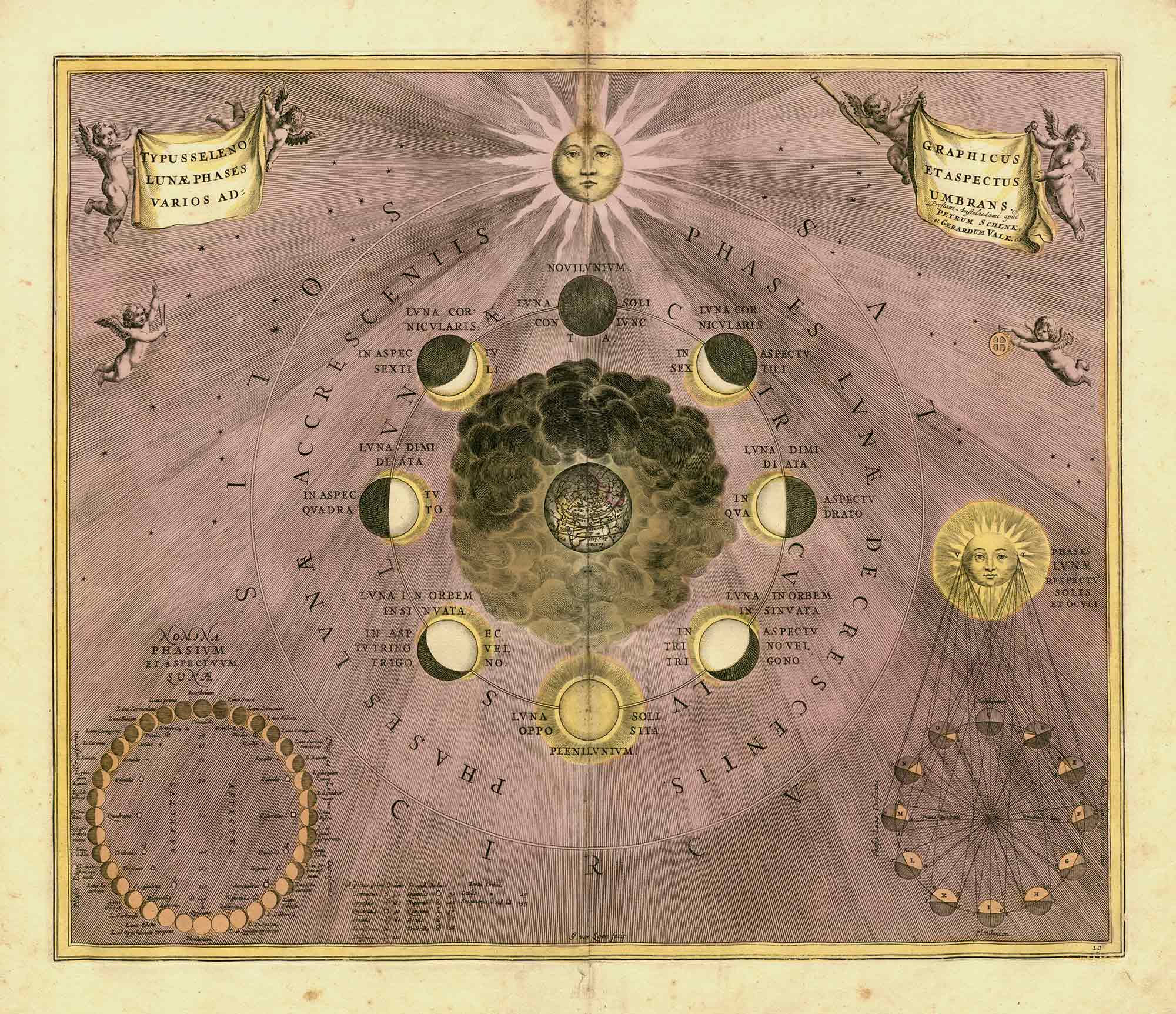Charting the Stars: An In-Depth Exploration of Harmonia Macrocosmica and its 29 Plates
Have you ever gazed upon the night sky and felt an overpowering sense of wonder? Have you marveled at the intricate dance of the celestial bodies, wondering about the secrets they hold? If you have, you’re not alone. People have been trying to map the cosmos since ancient times, trying to make sense of what’s up there. One of the most remarkable efforts in this regard is the Harmonia Macrocosmica, a monumental work by Andreas Cellarius. This article is your guided tour of this astonishing masterpiece, a deep dive into its 29 plates.
“Astronomy compels the soul to look upwards and leads us from this world to another.” – Plato
Presented in the Latin language, each plate of the Harmonia Macrocosmica presents a different aspect of the heavens as seen by different cultures and eras, and understood by different astronomers. However, the Latin language can be a little confusing for non-speakers. Don’t worry, we’ve got you covered! For each plate, we’ll provide an English translation of the Latin name, and we’ll take you through the fascinating details it contains.
The Harmonia Macrocosmica is a significant historical work in the field of cartography. It was published in 1660 by the Dutch-German cartographer Andreas Cellarius. This atlas consists of 29 double-folio plates, with the first plate serving as a frontispiece. The plates depict celestial maps and diagrams, showcasing the Ptolemaic and Copernican systems of the universe. The Harmonia Macrocosmica is renowned for its stunning artwork and intricate details, making it a masterpiece of celestial cartography.
One of the key historical significances of the Harmonia Macrocosmica is its representation of the transition between the geocentric and heliocentric models of the universe. The earlier plates in the atlas depict the Earth-centered model proposed by Ptolemy, while the later plates illustrate the Sun-centered model advocated by Copernicus. This transition reflects the shift in scientific understanding during the 16th and 17th centuries, as astronomers began to challenge traditional beliefs and embrace new theories about the cosmos.
Another historical significance of the Harmonia Macrocosmica lies in its influence on subsequent cartographic works. Cellarius’ atlas was one of the most comprehensive and visually striking celestial atlases of its time. It inspired and influenced many future cartographers and astronomers, who sought to create their own celestial maps and diagrams. The Harmonia Macrocosmica set a high standard for the artistic representation of the heavens, and its impact can be seen in later works of celestial cartography.
Furthermore, the Harmonia Macrocosmica provides valuable insights into the historical development of astronomy and cosmology. Through its detailed maps and diagrams, it showcases the prevailing knowledge and beliefs about the universe during the 17th century. It offers a glimpse into the minds of astronomers and their attempts to understand the celestial realm. The atlas also includes annotations and explanations, providing additional context and information about the celestial bodies and systems depicted. As such, the Harmonia Macrocosmica serves as a historical record of astronomical knowledge and the evolving understanding of the cosmos.
Plate 1: Planispherivm Ptolemaicvm
Welcome, intrepid explorer, to our first destination in our journey through the Harmonia Macrocosmica! This plate goes by the Latin name Planispherivm Ptolemaicvm, which in English, translates to “Ptolemaic Planisphere”. Now, you might be wondering, “what on earth is a planisphere, let alone a Ptolemaic one?” Well, let’s dive right in, shall we?
A planisphere is a star chart, an instrument that allows you to view the stars and constellations visible at any time of year. The term ‘Ptolemaic’, on the other hand, indicates that this planisphere is based on the geocentric model of the universe proposed by the ancient Greek astronomer, Claudius Ptolemy.
What sets Ptolemy’s model apart? Well, unlike the heliocentric model that most of us are familiar with, where the planets revolve around the sun, the Ptolemaic system asserts that the Earth is at the center of the universe, and all celestial bodies, including the sun, rotate around it. A revolutionary thought, wouldn’t you say?
Now, onto our plate. In the Planispherivm Ptolemaicvm, we see the Earth at the center, with the celestial sphere surrounding it. Each of the concentric circles represents a different celestial body’s orbit, with the outermost circle being the “primordial sphere” that holds the fixed stars.
While this understanding of the cosmos might seem quaint to us now, remember that for more than a thousand years, Ptolemy’s geocentric model was the accepted understanding of the universe. It’s a testament to the enduring power of human curiosity and our constant quest to understand the skies above us. But as we’ll see in our next stop on this cosmic journey, even established models like Ptolemy’s are not immune to being challenged and overturned.
So, buckle up, my fellow cosmic voyager, as we continue our voyage into the Harmonia Macrocosmica. The universe, as they say, is full of surprises!
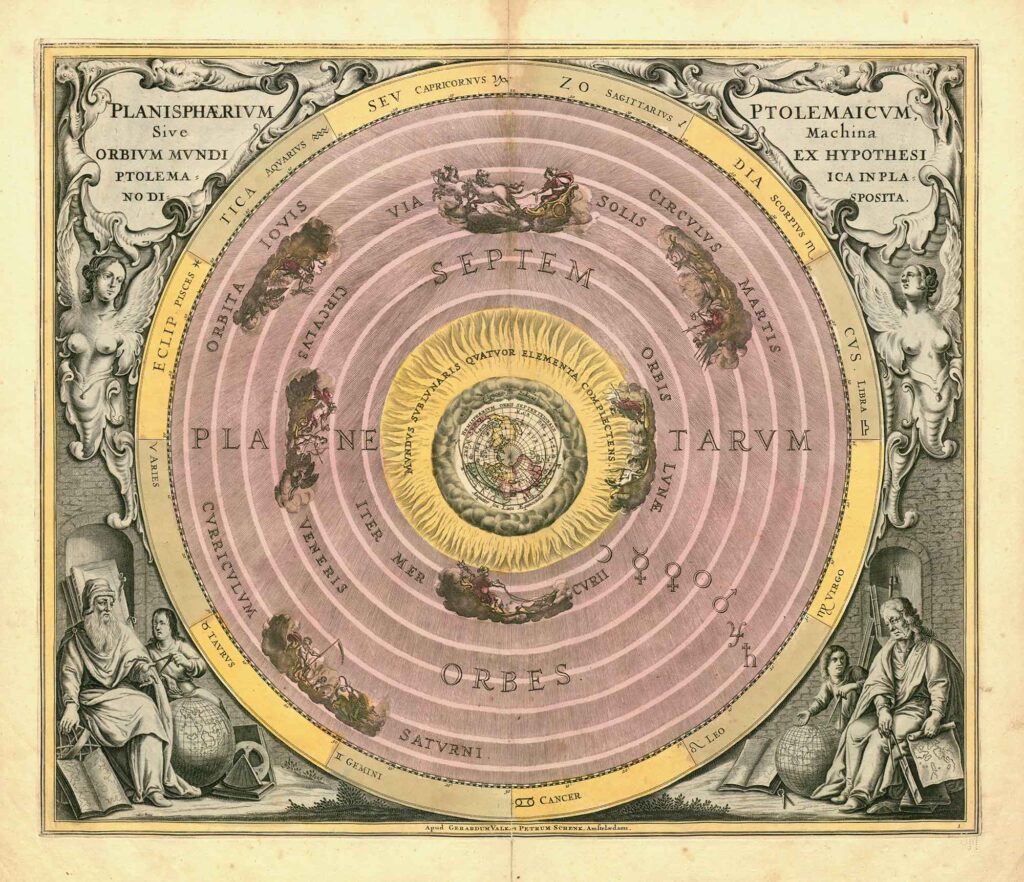
Plate 2: Scenographia Systematis Mvndani Ptolemaici
Let’s now turn our attention to the second plate, Scenographia Systematis Mvndani Ptolemaici, which translates into English as “Scenography of the Ptolemaic World System”. In this plate, we are taken back in time to the era of the Greek-Egyptian scholar Claudius Ptolemy, who lived in the 2nd century AD. Ptolemy’s vision of the universe is laid out for us to explore and understand.
Scenographia Systematis Mvndani Ptolemaici presents a geocentric model, where Earth is at the center of the universe, and all celestial bodies – including the sun, moon, stars, and planets – revolve around it. This might seem strange to our modern understanding of astronomy, but back then, it was a widely accepted view.
Note: Ptolemy’s model held sway for more than 1,000 years until it was challenged and eventually replaced by the heliocentric model of Nicolaus Copernicus in the 16th century.
Now, let’s delve a little deeper into the details of this plate. It depicts the Earth as a stationary, central sphere surrounded by a series of rotating, concentric circles. Each of these circles represents the orbit of a celestial body, including the Sun, Moon, and the five planets known at the time – Mercury, Venus, Mars, Jupiter, and Saturn.
Additionally, the plate shows the celestial sphere, divided into the twelve signs of the zodiac, enclosing the Earth and its orbiting bodies. Each of these zodiac signs is portrayed by its traditional symbol, adding an artistic touch to this scientific representation.
Lastly, the plate also illustrates the complex mechanisms used to explain the irregular movements of the planets according to Ptolemy’s theories, including the use of epicycles – small circular paths followed by a planet while orbiting the Earth.
In essence, Scenographia Systematis Mvndani Ptolemaici is an intriguing snapshot of the history of astronomy, offering us a window into the past. It’s a testament to the human quest for understanding the cosmos, highlighting how our perception of the universe has evolved over centuries.
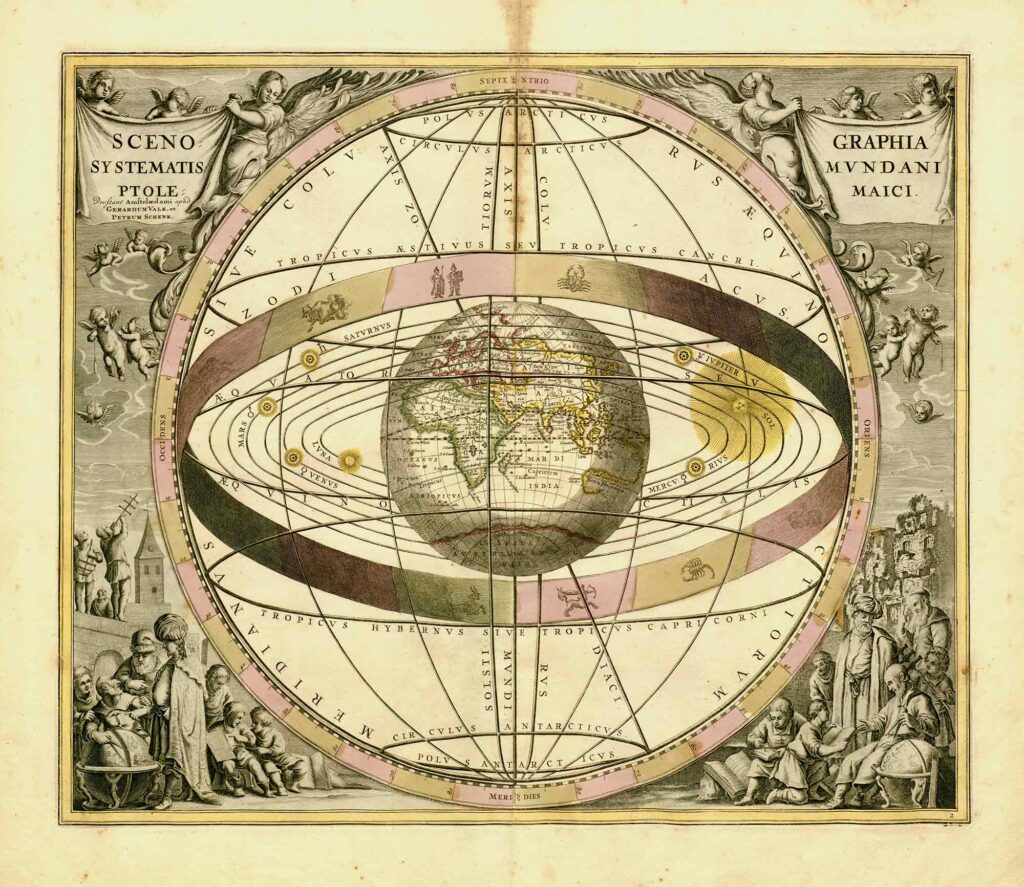
Plate 3: Orbium Planetarum Terram Complectentium Scenographia
Now, let’s journey to Plate 3: Orbium Planetarum Terram Complectentium Scenographia. This mesmerizing image transports us to the heart of the cosmos, with its Latin name translating to “A View of the Planetary Orbs that Surround the Earth”.
This plate illustrates the Ptolemaic geocentric system – a model that places Earth at the center of the universe with all planets and sun revolving around it. Although Ptolemy’s geocentric model was eventually superseded by Copernicus’ heliocentric model, it significantly shaped our understanding of the cosmos for over a millennium.
“A View of the Planetary Orbs that Surround the Earth” encapsulates an epoch when humanity saw itself at the center of the universe.
The plate is filled with intricate detail, capturing the orbits of the planets around Earth in a series of concentric circles. Each planet is represented by a mythical figure from ancient times, a nod to the rich history of astronomical observation and the stories we’ve woven into the night sky.
- Mars, the red planet, is represented by a warrior, symbolizing the Roman god of war.
- Venus, our closest planetary neighbor, is depicted as a beautiful woman, reflecting the Roman goddess of love and beauty.
- Mercury, the smallest planet in our solar system, is represented by a character holding a caduceus, a symbol associated with the Roman god Mercury, who was a messenger of the gods.
By examining this plate, one can appreciate the complexity and beauty of the universe as it was understood in the historical context. Remember, this entire system is based on meticulous celestial observations taken without the aid of modern telescopes. It’s a testament to the curiosity and intelligence of our ancestors.
As you gaze at this plate, imagine being an astronomer in ancient times, charting the movement of these celestial bodies and trying to decipher their celestial dance. It’s a humbling reminder of our timeless quest to understand our place in the cosmos.
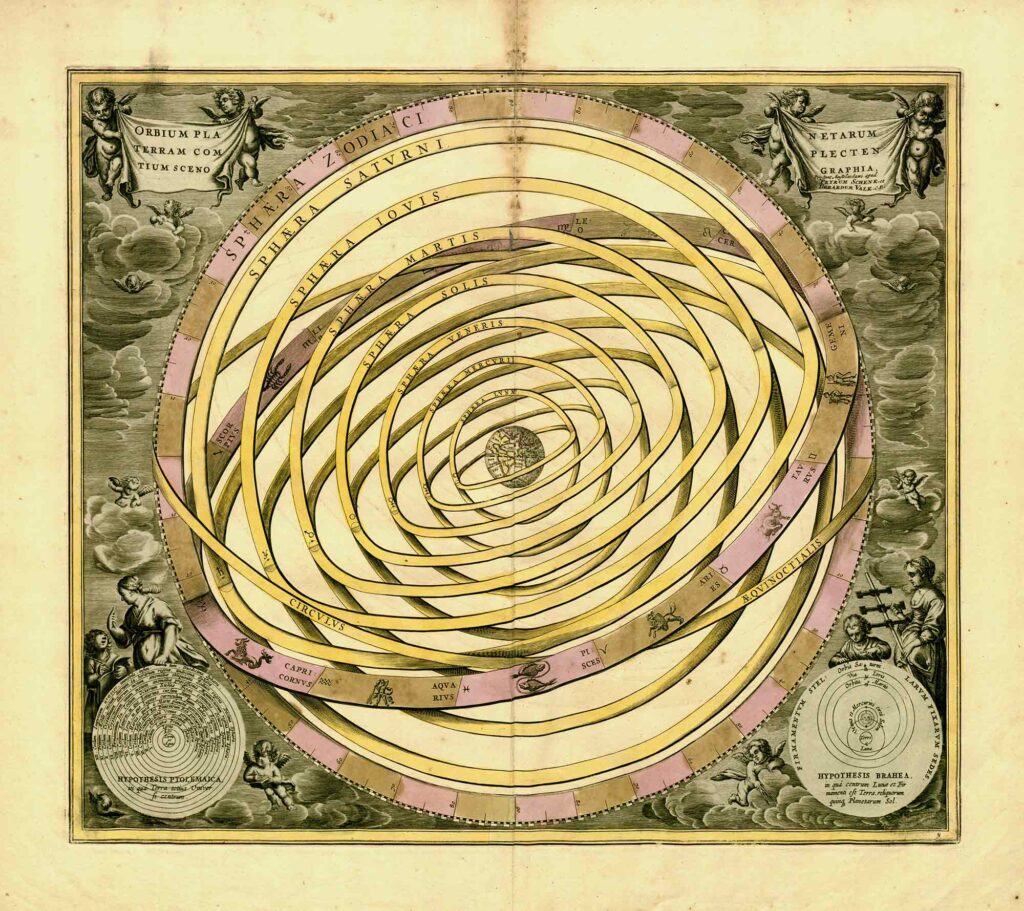
Plate 4: Planispherivm Copernicanvm Sive Systema
Now, let’s turn our attention to Plate 4: Planispherivm Copernicanvm Sive Systema, which translates to “The Copernican or Planetary System”. This plate holds immense historical significance as it visually represents the Copernican Revolution. It’s an artistic and scientific masterpiece that attempts to depict our cosmos from the perspective of Nicolaus Copernicus, a Polish astronomer who forever transformed our understanding of the universe.
The Copernican Revolution
Long before the advent of powerful telescopes, Copernicus theorized that Earth wasn’t the center of the universe. Instead, he proposed a heliocentric model where the Sun was at the center with the planets, including Earth, orbiting around it. This was a radical shift from the then-dominant geocentric model advocated by Ptolemy, where Earth was the center of all celestial bodies.
Visualizing the Copernican System
Plate 4 of the Harmonia Macrocosmica brings this revolutionary model to life. The central sun is surrounded by concentric circles representing the paths of the planets: Mercury, Venus, Earth, Mars, Jupiter, and Saturn. The Earth is also depicted with its own moon revolving around it. It was one of the earliest attempts to illustrate this radical, heliocentric universe.
Impact on Science and Society
The Copernican system might seem obvious to us today, but in the 16th century, it was revolutionary and even controversial. It fundamentally challenged the accepted religious and philosophical beliefs of the time. Even though it took more than a century for the Copernican system to gain widespread acceptance, it eventually paved the way for modern astronomy and our current understanding of the universe.
So, as you marvel at the intricate details of Plate 4, remember: you’re not just looking at an old map of the cosmos. You’re witnessing a snapshot of one of the most significant moments in scientific history.
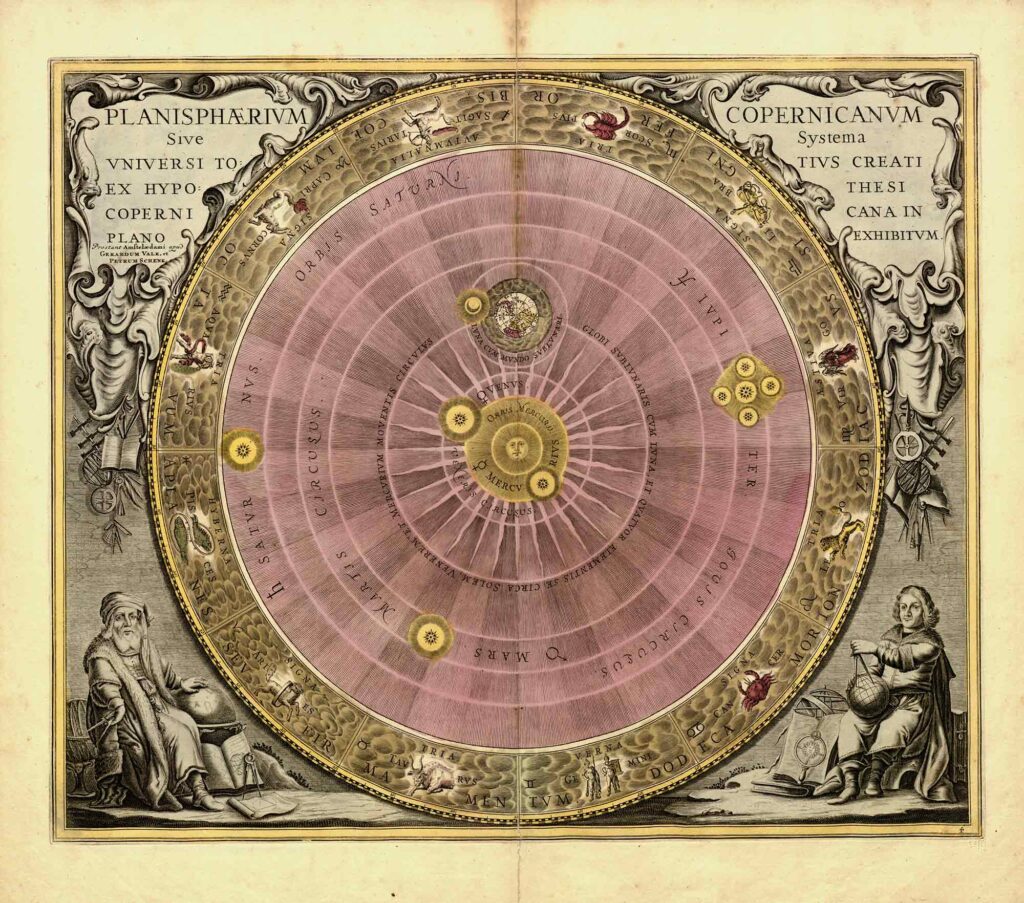
Plate 5: Scenographia Systematis Copernicani
Step right up, history explorers, and let’s dive into the captivating world of Plate 5 of the Harmonia Macrocosmica – the Scenographia Systematis Copernicani. The English translation of this Latin name is “Scenography of the Copernican System”. Imagine being in the midst of the 17th century, a time when the universe was being redefined, and the Earth was no longer seen as the center of it all.
This plate is a masterpiece that showcases the radical shift in our understanding of the cosmos, thanks to Nicolaus Copernicus. His heliocentric model, which proposed that the Sun, not the Earth, is the center of the universe, was a revolutionary idea at that time. The Copernican system became a cornerstone for modern astronomy, setting the stage for future explorations and discoveries.
The Scenographia Systematis Copernicani plate pays homage to this paradigm shift. It reflects the universe as perceived through Copernicus’ eyes, with the Sun at the center, and the planets, including Earth, revolving around it in circular orbits. It’s a celestial ballet, beautifully captured on paper.
Look closer, and you’ll see Earth, with its moon in tow, circling the Sun. Here, other planets like Mars, Venus, and Jupiter also come into play, each following their paths around the Sun. This plate is indeed a testament to the genius of Copernicus and his groundbreaking heliocentric model.
While you journey through the universe via this plate, remember how its depictions challenged the established beliefs of the time, inviting both fascination and controversy. Recall how it symbolizes humanity’s capacity for discovery and our never-ending quest to understand our place in the universe.
As we close this deep dive into Plate 5, let’s appreciate the beauty and significance of the Harmonia Macrocosmica. It’s not just a collection of maps. It’s a reflection of our journey through time and space, filled with stories of discovery, innovation, and the relentless human spirit. Until our next exploration, keep your curiosity kindled, and your spirit of discovery alive!

Plate 6: Planispherivm Brahevm Sive Structura Mvndi Totivs
Let’s dive into the sixth plate of the Harmonia Macrocosmica, labeled “Planispherivm Brahevm Sive Structura Mvndi Totivs“. Translated from Latin, this title means “Brahe’s Planisphere or the Structure of the Whole Universe”. This particular plate gives us a snapshot of the cosmological model conceived by the Danish astronomer Tycho Brahe.
A Glimpse of Tycho Brahe’s Universe
In the late 16th century, Brahe came up with a unique model of the universe that combined elements from both the Ptolemaic and Copernican systems. He proposed that the Earth was at the center of the universe, stationary, and the stars revolved around it. However, he also suggested that the planets orbited the Sun, which in turn orbited the Earth.
“I am of the opinion that the Earth is very noble and admirable by reason of so many and so different alterations and generations which incessantly appear in it and with it all the celestial bodies have not less admiration for it, as being that member of the universe which the sun never deserteth.” – Tycho Brahe
A Planisphere Unlike Any Other
This plate of the Harmonia Macrocosmica provides a visual representation of this unique universe as envisaged by Brahe. It’s a planisphere unlike any other, standing as a testament to the innovative thinking and astronomical observations of its creator.
Within the circular outline of the plate, you’ll notice the Sun orbiting the Earth, with the planets Mercury, Venus, Mars, Jupiter, and Saturn shown orbiting the Sun. Beyond them lie concentric circles representing the fixed stars, demonstrating their perceived rotation around the Earth.
Significance of Brahe’s Model
Although Brahe’s model was not entirely accurate, it played a crucial role in the history of astronomy. It allowed for better predictions of planetary positions and was the stepping stone that his protégé, Johannes Kepler, used to formulate his laws of planetary motion. Brahe’s meticulous observations, represented in this plate, also served as a strong foundation for future astronomers and the advancement of our understanding of the universe.
So, there you have it! Plate six of the Harmonia Macrocosmica: a blend of the geocentric and heliocentric models that marked a significant point in our journey to understand the cosmos.
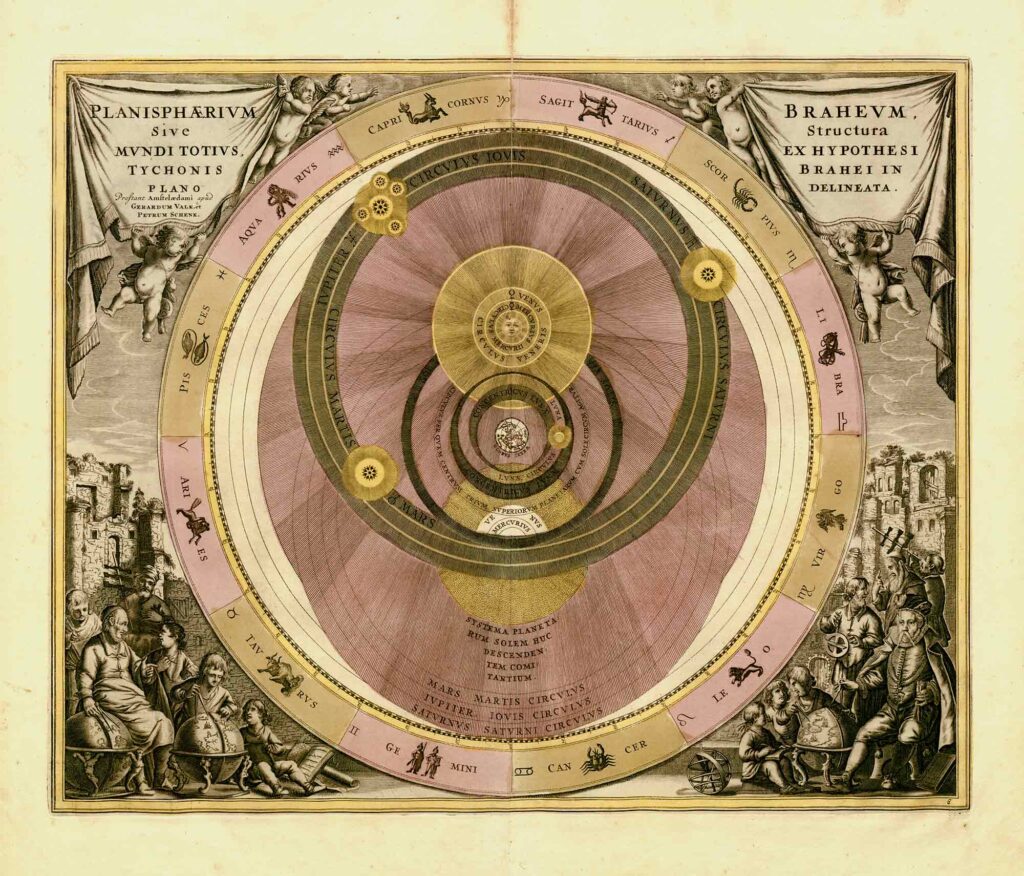
Plate 7: Scenographia Compagis Mvndane Brahea
Let’s now travel to the seventh plate of the Harmonia Macrocosmica, the Scenographia Compagis Mundane Brahea, which translates to “Scenography of the World Structure According to Tycho Brahe” in English.
The plate showcases a representation of the Universe as conceptualized by Tycho Brahe, a Danish astronomer who was a key player in the 16th-century astronomical revolution. Though his model was eventually eclipsed by the Copernican system, it played an instrumental role in the transition from ancient to modern astronomy.
Brahe’s Hybrid Model
In this plate, Brahe’s hybrid model of the Universe is depicted, where the Earth is placed at the center with the Sun and Moon orbiting it, but all other planets orbit the Sun. This model was essentially a blend of the Ptolemaic and Copernican systems.
Interpreting the Plate
The plate is visually rich, filled with circular orbits and cosmic bodies. The Earth, at the center, is surrounded by concentric circles representing the orbits of the Sun, Moon, and planets. The placement and size of these celestial bodies give us an insight into how Brahe viewed our cosmos.
Brahe’s Lasting Influence
While the Copernican model eventually became the accepted view of the Universe, Brahe’s work laid the groundwork for future astronomical discoveries. His precise observations of the stars and planets were used by Johannes Kepler to formulate the laws of planetary motion, a key component of modern astronomy. So, while this plate showcases a model of the Universe that we now know to be incomplete, it signifies a crucial step in our quest to understand our place in the cosmos.
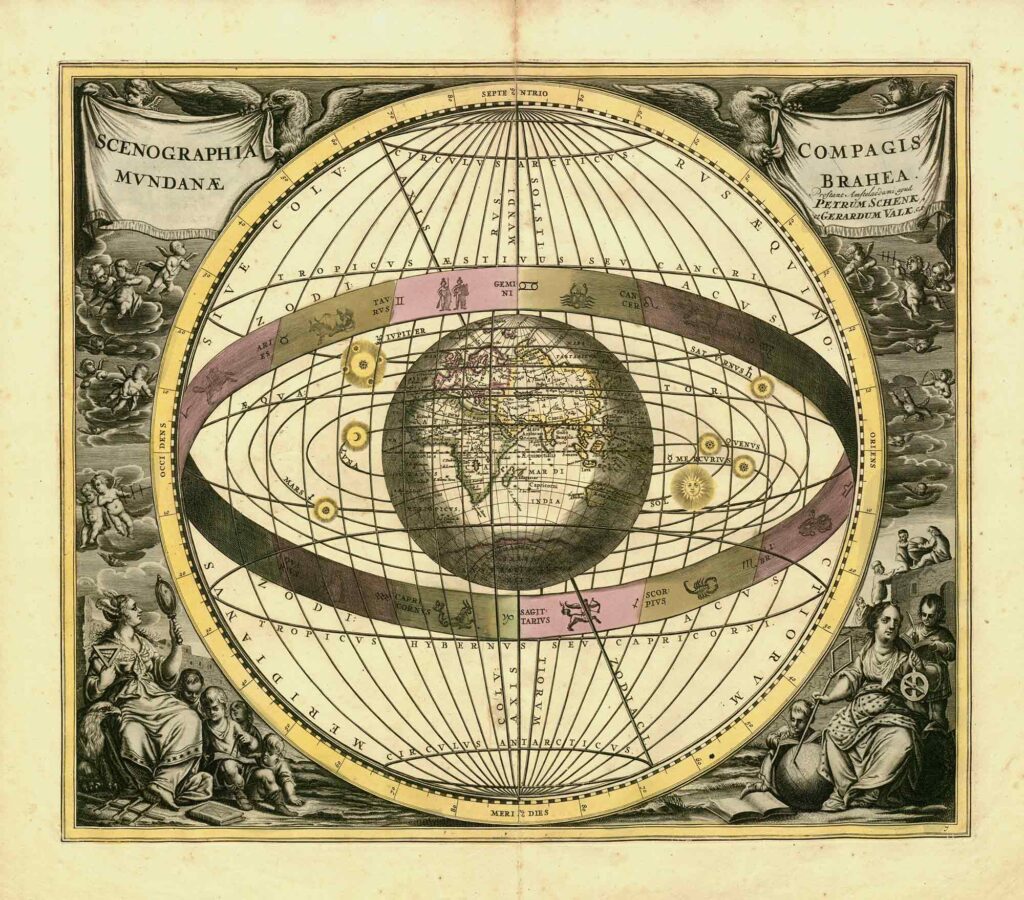
Plate 8: Planispherivm Aratevm
Welcome to Plate 8: Planispherivm Aratevm, or in English, Aratus’s Planisphere. This plate is a sight to behold, combining ancient wisdom with celestial beauty. The name derives from Aratus of Soli, a Greek poet known for his work Phaenomena, a poetic piece detailing the constellations of the night sky.
Aratus: The Astronomer Poet
Aratus, a respected figure in the Hellenistic period, took the world by storm with his poetic descriptions of the constellations. His work was so influential that his planisphere is still remembered and celebrated today. The Planispherivm Aratevm pays homage to Aratus by illustrating the very constellations he penned so many centuries ago.
A Glimpse into the Ancient Sky
The Planispherivm Aratevm brings the night sky as the ancients saw it, directly to you. The constellations illustrated on this plate are not the same as the ones we are familiar with today. Rather, they are a fascinating reflection of what the Greeks saw when they looked up at the heavens. It’s like stepping into a time machine, isn’t it?
The Art of the Planisphere
The Planispherivm Aratevm is not only a snapshot of an ancient perspective, but also an artistic marvel. The detailed illustrations of the constellations, the intricate lines indicating their connections, and the careful placement of each star all contribute to a breathtaking piece of celestial artwork.
To say the Planispherivm Aratevm is merely a map of the stars would be a disservice. It’s a bridge to our past, a testament to human curiosity, and a beautiful piece of art, all rolled into one. So, as you gaze upon this plate, remember the ancient Greeks who first mapped the heavens, and the enduring allure of the stars that continues to captivate us to this day.
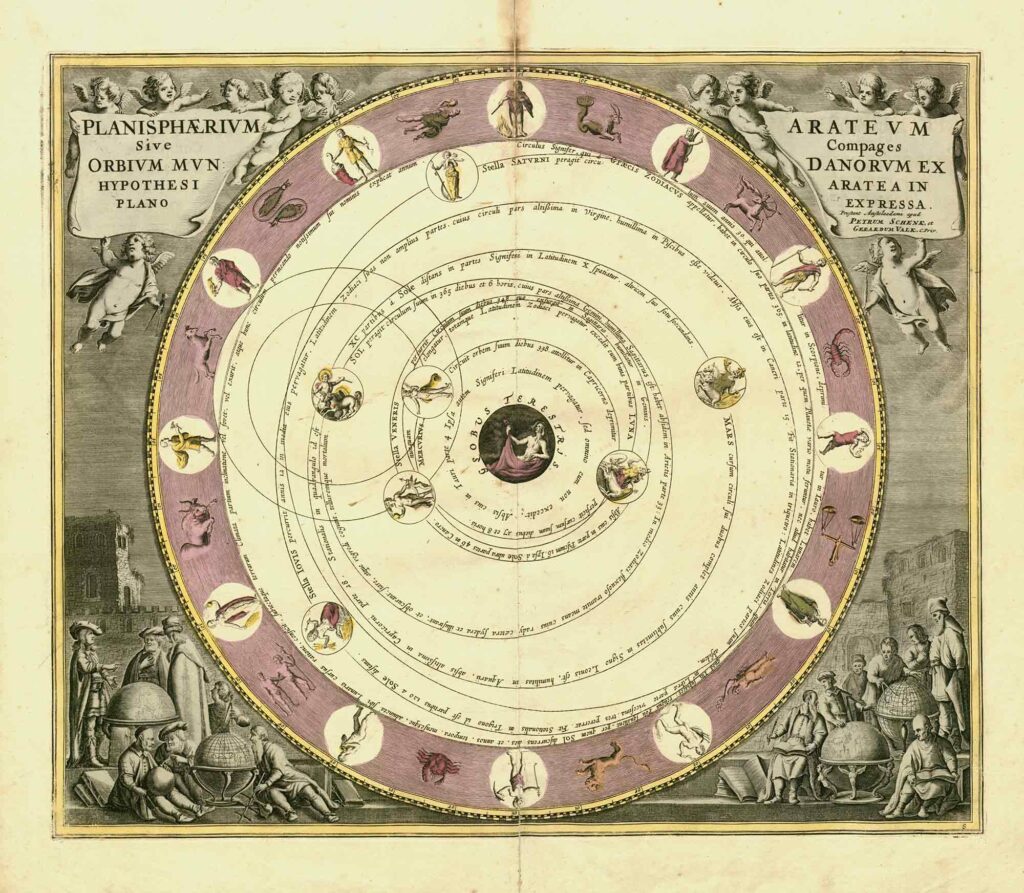
Plate 9: Tychonis Brahe Calcvlvs, Planetarvm Cvrsvs Et Altitvdines
Immerse yourself in the mystery and majesty of our celestial sphere with Plate 9, known in English as “Tycho Brahe’s Calculations, Planetary Courses and Altitudes”. This plate is a tribute to the astronomical ingenuity of the famous Danish astronomer, Tycho Brahe.
While it may sound cryptic, rest assured, we’ll unravel this cosmic puzzle together. Let’s deep dive into what this plate holds!
Unveiling Brahe’s Calculations
The first part of the title, “Tychonis Brahe Calcvlvs”, refers to the mathematical calculations of Tycho Brahe. Brahe was a meticulous observer and his precise measurements of the planets and their orbits served as the foundation for future astronomical work. Included in this plate are his mathematical methods and the tables he used to calculate planetary positions.
Planetary Courses and Altitudes
Next up, “Planetarvm Cvrsvs Et Altidvdines” or “Planetary Courses and Altitudes”. This is where Brahe’s observations truly shine. With a naked eye, Brahe made detailed records of the paths (courses) and heights (altitudes) of planets in the sky. His work offered an unprecedented accuracy in determining planetary positions that was instrumental in the development of future astronomical models.
Decoding the Plate
The plate itself is filled with intricate diagrams and tables. Each of these represents a different aspect of Brahe’s work. For instance, you’ll find diagrams illustrating the paths of planets and their relative positions at different times. There are also tables filled with numbers, signifying the meticulous calculations he made to predict planetary movements.
Although the plate may seem overwhelming at first glance, remember it serves as a testament to the remarkable dedication and precision of one of history’s most influential astronomers. Brahe’s efforts were a major stepping stone towards our modern understanding of the cosmos. So, as you explore this plate, let yourself marvel at the complex beauty of our universe and the human ability to decipher it.
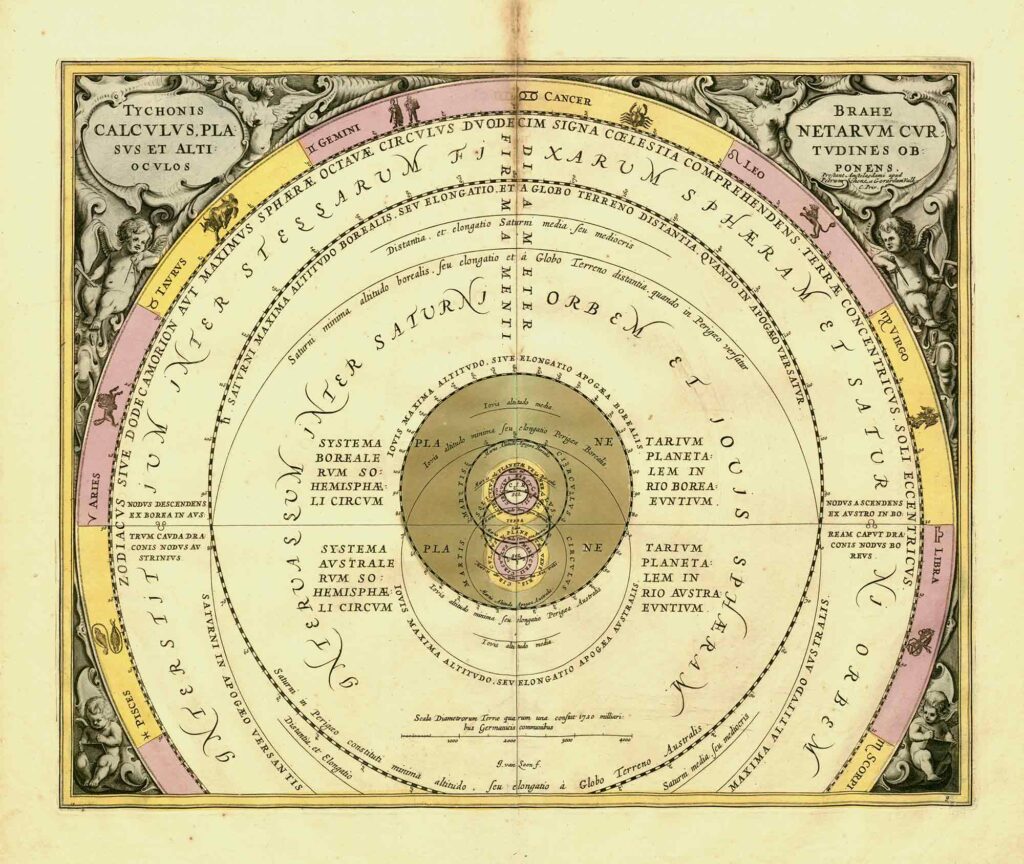
Plate 10: Corporum Coelestium Magnitudines
So, you’ve made it to Plate 10: the Corporum Coelestium Magnitudines. Don’t let the Latin intimidate you; it simply translates to ‘The Magnitudes of the Celestial Bodies’. Exciting, isn’t it?
This plate is one of the most fascinating in the Harmonia Macrocosmica, as it provides a comparative view of the sizes of the celestial bodies, as understood by the astronomers of the time. We’re talking about the Sun, the Moon, the planets, and the stars, all depicted in their relative size, based on the best scientific knowledge of the 17th century. What a sight to behold!
First, let’s take a peek at the Sun and the Moon. At the center of the plate, the Sun is depicted as the largest of all celestial bodies, while the Moon, much smaller, is presented just above the Earth. Bold move, wouldn’t you say? But remember, this was a time when the heliocentric model of the universe, with the Sun at its center, was becoming commonly accepted.
The planets, from Mercury to Saturn, are arranged around the Sun in order of their distance. Each planet is shown with its relative size. It’s quite a sight to see the planets lined up like this, isn’t it? It gives you a sense of the grandeur and vastness of the universe!
And the stars? They’re not left out! The bottom of the plate shows several stars of first and second magnitude, once more in relation to their perceived size. These stars, the brightest in the night sky, were of great importance to ancient astronomers, and it’s quite a treat to see them here.
But you might ask, where are the galaxies, the nebulae, and the asteroids? Well, dear reader, remember that our understanding of the universe has evolved over time. In the 17th century, the stars, planets, Sun, and Moon were the known celestial bodies. The concept of galaxies, nebulae, and asteroids was still far beyond the horizon of human understanding. This plate, therefore, offers a fascinating glimpse into the past, doesn’t it?
With all these celestial bodies in view, Plate 10: Corporum Coelestium Magnitudines, is indeed a snapshot of the universe as perceived in the 17th century. A cosmic portrait, if you will, frozen in time, yet ever so relevant as we continue our journey through the Harmonia Macrocosmica.
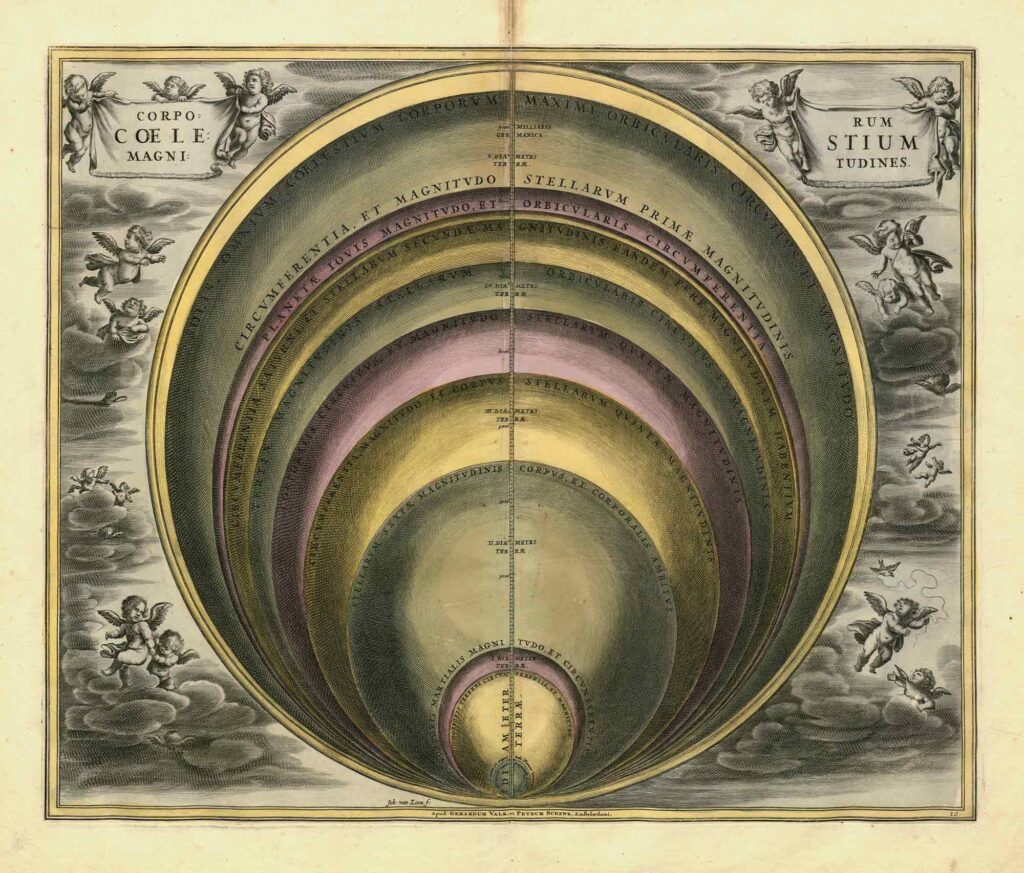
Plate 11: Sitvs Terre Circvlis Coelestibvs Circvndate
Let’s now journey to the eleventh plate of the Harmonia Macrocosmica, the Sitvs Terre Circvlis Coelestibvs Circvndate, or in English, “The Position of the Earth Enclosed by the Celestial Circles”. A name like that immediately piques curiosity, doesn’t it? What celestial circles could they be referring to? Let’s dive in and uncover the mysteries, shall we?
This plate is the epitome of geocentric thinking in the late Middle Ages, a time when Earth was considered the center of the universe, circled by the celestial spheres. Imagine living in those times, gazing at the night sky, and believing that you were in the center of it all! Fascinating, right?
At the center of the plate, you’ll notice a small circle representing Earth. Surrounding it are larger concentric circles, each representing a celestial sphere. The planets Mars, Jupiter, and Saturn each have their spheres, followed by the sphere of the Fixed Stars, and finally, the Primum Mobile, or the ‘First Moved’ sphere, which set all other spheres in motion. Quite a dramatic representation of the universe, wouldn’t you say?
Interestingly enough, this structure closely resembles the cosmological model proposed by Claudius Ptolemy, a Greek astronomer from the 2nd century AD. While we now know that the Earth isn’t at the center of the universe, this geocentric model was highly influential in shaping the scientific and philosophical thinking of the time.
As you observe the plate, you might also come across some intricate details. Can you see those beautiful drawings of the zodiac constellations on the outer sphere? Not just an astronomer, but an artist at heart, the creator of these plates took the liberty to incorporate these detailed illustrations into a scientific diagram. That’s what we call a perfect blend of science and art, wouldn’t you agree?
So, next time when you gaze at the night sky, take a moment to think about how our understanding of the universe has evolved over centuries. From placing ourselves at the center to realizing that we’re just a tiny speck in the vast cosmos, it’s been quite a journey, hasn’t it? And who knows what exciting discoveries the future holds!
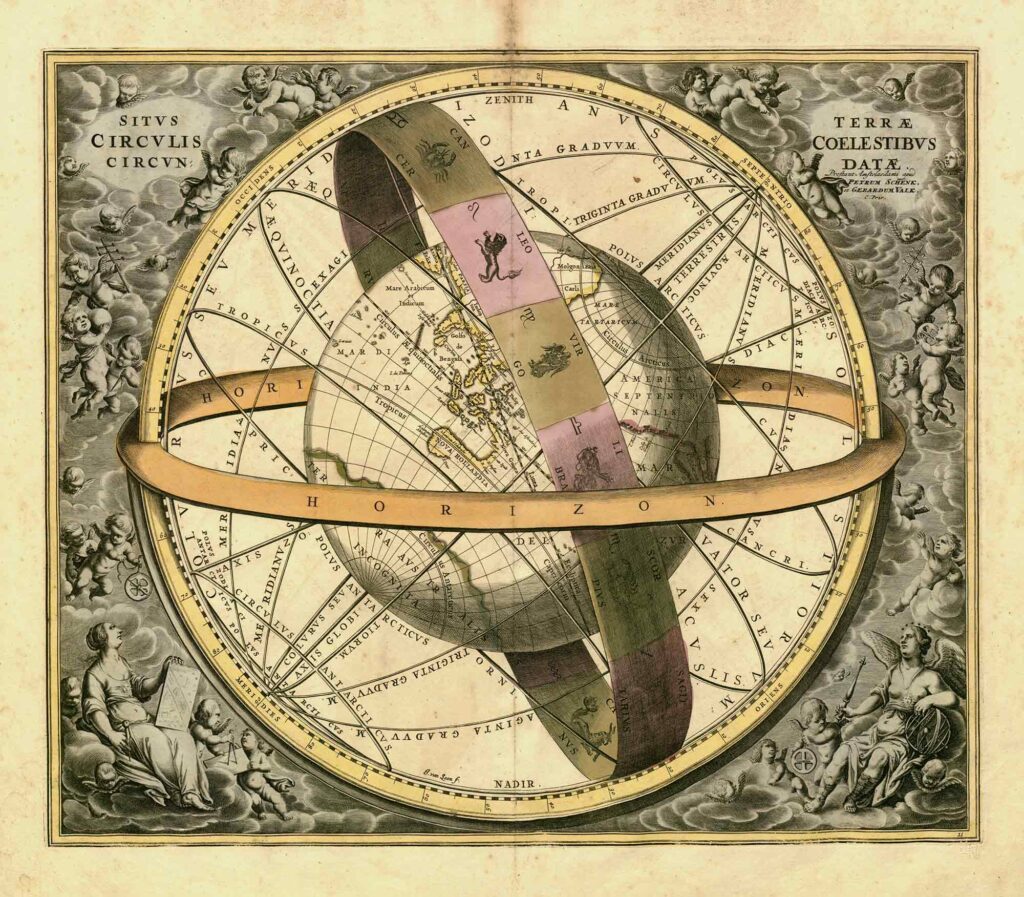
Plate 12: Hemispheria Spherarum Recte Et Oblique
Oh, fellow map enthusiast, brace yourself for a journey through the celestial sphere as viewed from different perspectives. Our twelfth stop in the Harmonia Macrocosmica tour takes us to the “Hemispheres of the Spheres, Right and Oblique,” or as we like to say in non-astronomer speak – the views of the celestial sphere from both above and at an angle.
Ever wondered how our ancestors visualized the cosmos? Or how they were able to chart the stars and planets, creating a cosmic map without the aid of our sophisticated modern technology? This plate offers us a glimpse into the minds of these early astronomers.
A Celestial Perspective
Let’s take a moment to appreciate the intricacy of the design in this plate. The upper half of the image depicts the celestial sphere as if viewed straight on, or “recte” in Latin. This is the perspective we’re most accustomed to, a viewpoint from earth gazing up into the sky.
The lower half, on the other hand, presents an ‘oblique’ perspective. This imaginative view is a fascinating representation of how the celestial sphere might appear if viewed at an angle. A little disorienting, isn’t it? Yet, this very image speaks volumes about the ingenuity of our forebears. They sought not just the view from their own standpoint, but envisaged how the sky could appear from different perspectives.
A Cosmic Compass
Notably, this plate also demonstrates the cardinal points, with the Pole Star as a reference point, serving as a cosmic compass for early navigators. Can you imagine sailing the seas with nothing but the stars to guide you?
“The heavens themselves, the planets, and this centre, observe degree, priority, and place.” – William Shakespeare, Troilus and Cressida.
This quote encapsulates the essence of the “Hemispheria Spherarum Recte Et Oblique.” It urges us to contemplate the order, hierarchy, and place of celestial bodies, much like the human desire to find our own place in the universe.
In essence, this plate does not merely present a static snapshot of the sky, but rather illustrates the dynamic, shifting universe in which we reside. It’s a potent reminder of the ever-expanding boundaries of our knowledge and the infinite beauty of our universe.
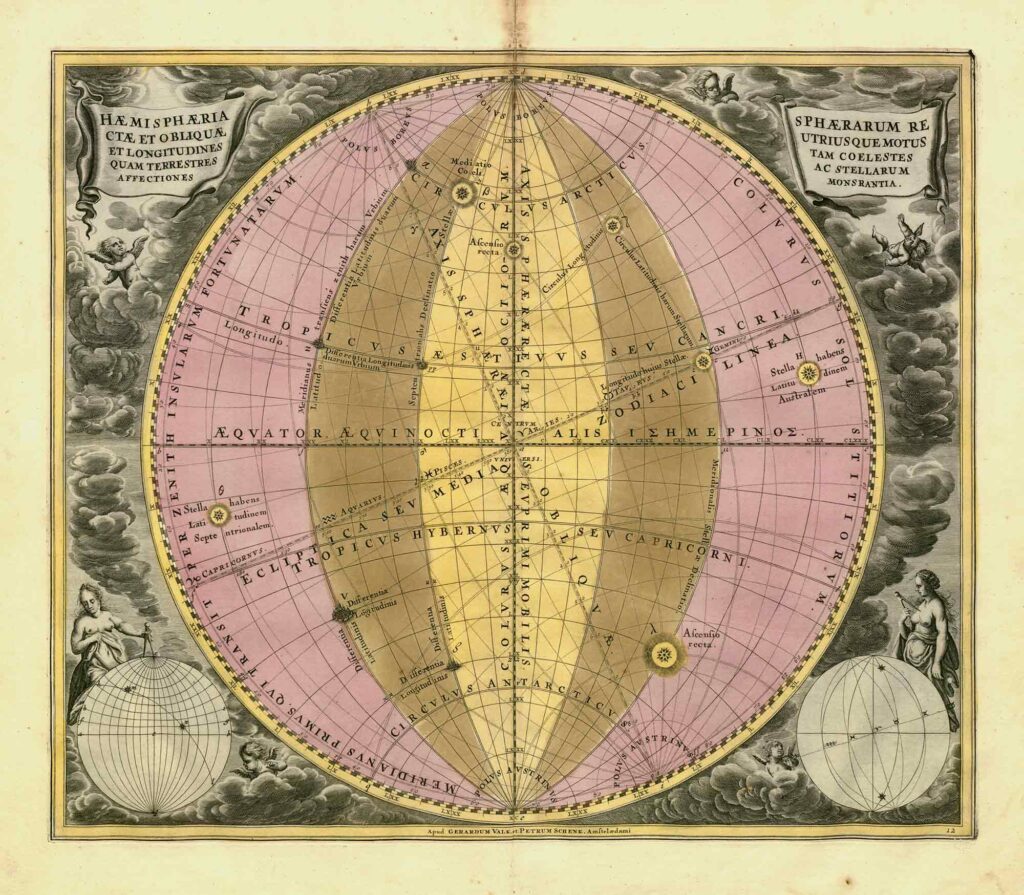
Plate 13: Hemispherivm Orbis Antiqvi
Let’s time travel, shall we? Welcome to Plate 13: Hemispherivm Orbis Antiqvi, or the Hemispheres of the Ancient World as it’s known in English. This map paints an enthralling picture of how our ancestors viewed the world.
What makes this plate particularly fascinating? It’s the sheer complexity and the audacious attempt to depict the Earth as a globe, a concept that was still in its infancy during the ancient times. So, what does this map say to you? It’s as if it’s whispering, “See the brave beginnings of human exploration and understanding.”
These hemispheres of the ancient world are not just a geographical representation of lands and seas, but they are also an exceptional chronicle of the scientific understanding of the era. They offer a peek into how the ancients perceived the cosmos and their place in it. Isn’t that something? Don’t you just want to pick their brains and understand what they thought of the world around them?
The map is divided into two hemispheres: each one representing one half of the globe. What’s striking is the fact that while the eastern hemisphere is densely detailed, the western hemisphere appears largely vacant. Why, you might ask? The answer lies in the limited knowledge of our ancestors about the New World. It’s like a story half-told, awaiting more explorers, more adventurers to complete it.
Think of this plate as a time capsule. It not only shows the geographical knowledge of the time, but it also reflects the cultural and philosophical beliefs of the era. Notice the mythical creatures lurking in the unexplored regions of the map? They stand as a testament to human imagination and the fear of the unknown. Quite thrilling, isn’t it?
So, dear reader, as we dive deeper into the Harmonia Macrocosmica, let’s remember that these plates are not just maps. They are stories, they are history, they are a testament to human curiosity and our unyielding desire to understand the world around us. How does it make you feel to be a part of this incredible journey of discovery?
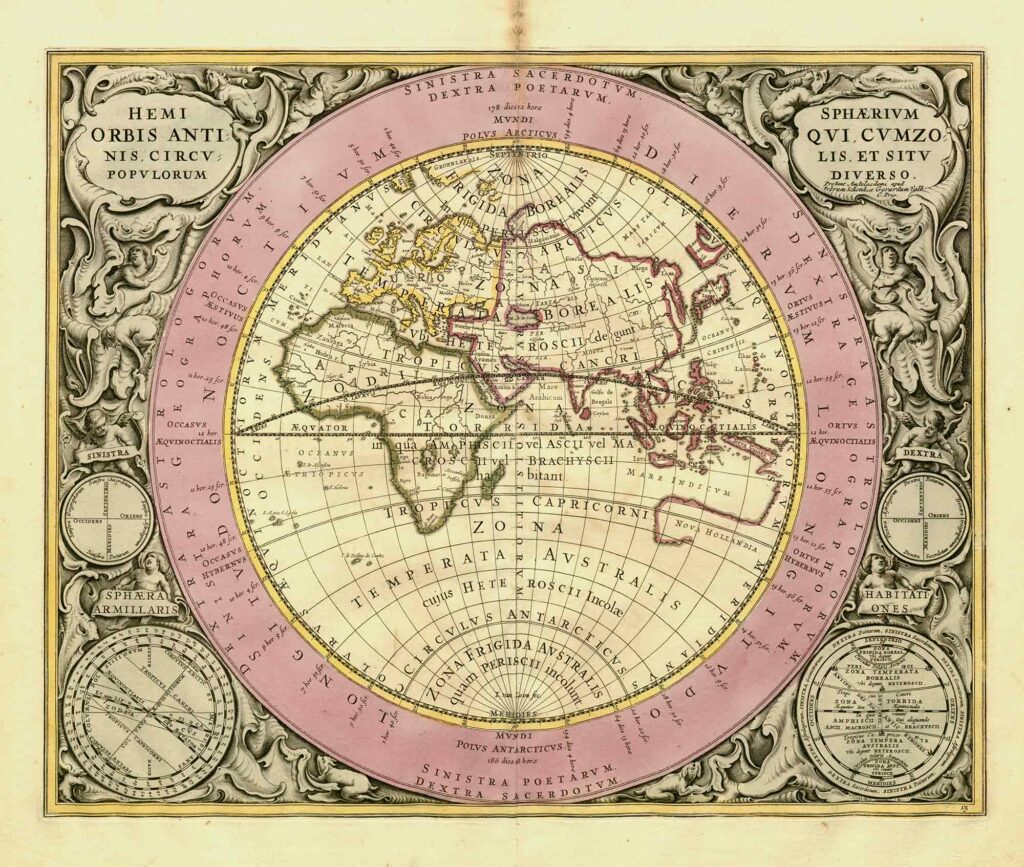
Plate 14: Hypothesis Ptolemaica Sive Communis Planetarum Motus Per Eccentricos
Hold onto your hats, dear explorers, as we step back in time to Plate 14: Hypothesis Ptolemaica Sive Communis Planetarum Motus Per Eccentricos. Or, as we English speakers would say, “The Ptolemaic Hypothesis or the Common Motion of the Planets Through Eccentrics”. Yes, it’s a mouthful, but isn’t it just wonderfully mysterious?
Who was Ptolemy, you ask? Well, Claudius Ptolemy was an ancient Greek astronomer, mathematician, and geographer who proposed a geocentric model of the universe. That’s right, he believed that all celestial bodies — including the sun — revolved around the Earth. Can you imagine that?
Now this plate, my curious companions, beautifully illustrates Ptolemy’s model. Each planet is represented in its own eccentric circle, all of which revolve around the Earth, depicted at the center of the plate.
What does “eccentric” mean in this context? Well, in Ptolemaic cosmology, an “eccentric” is a circle in which the Earth is not at the center. This was Ptolemy’s ingenious solution to explain why planets sometimes appear to move backwards in the night sky, a phenomenon we now know as retrograde motion.
Isn’t it fascinating how our understanding of the cosmos has evolved? Ptolemy’s model was accepted as truth for well over a thousand years, until Copernicus came along. But that’s a tale for another plate. For now, let’s marvel at the complexity and creativity of Ptolemaic cosmology, beautifully captured in this intricate plate.
So, next time you gaze up at the night sky, why not take a moment to ponder the vast and wondrous journey our understanding of the universe has taken. From the Earth-centric model of Ptolemy to our current understanding of a vast, expanding universe, the story of astronomy is indeed a fascinating tale of human curiosity and endeavor.
And remember, dear reader, knowledge is a journey, not a destination. So let’s continue our journey through the Harmonia Macrocosmica, onto our next celestial plate!
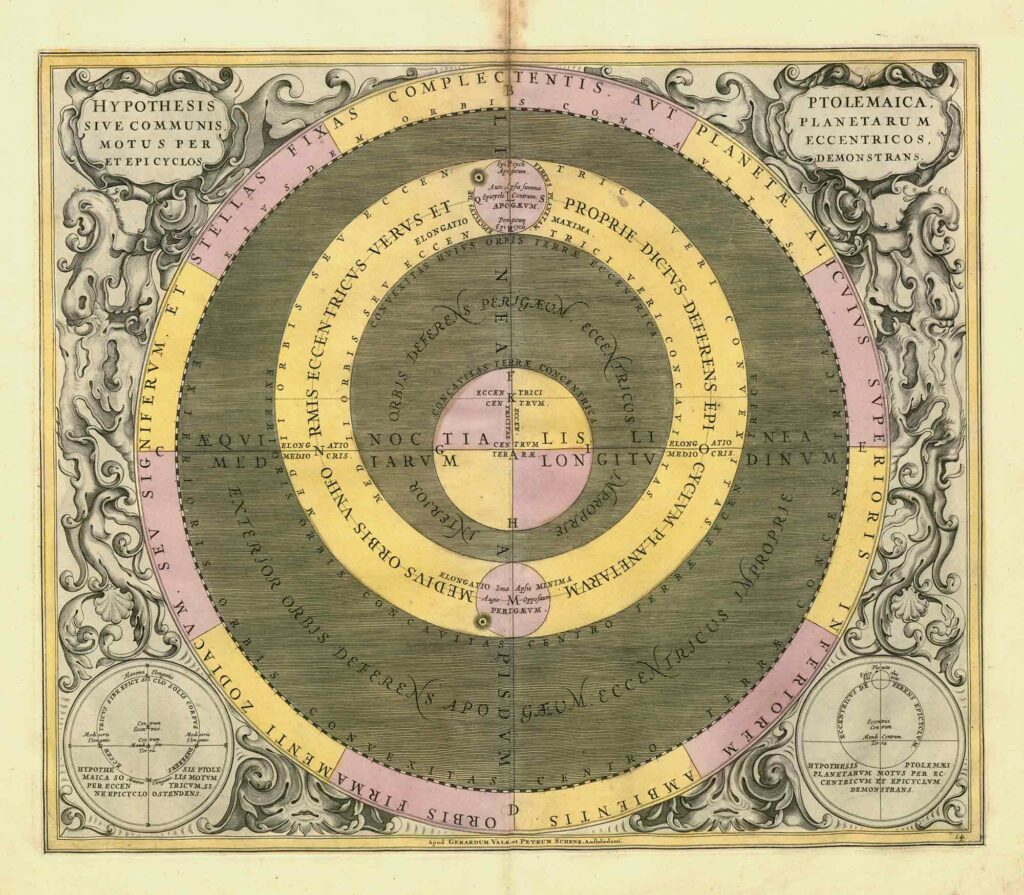
Plate 15: Typus Aspectuum, Oppositionum Et Coniunctionum Etz In Planetis
Are you ready to journey deeper into the cosmos? Our next stop is the fifteenth plate of the Harmonia Macrocosmica, intriguingly titled “Typus Aspectuum, Oppositionum Et Coniunctionum Etz In Planetis”. This fascinating plate translates roughly to “The Configuration of Aspects, Oppositions, and Conjunctions in the Planets”. Sounds complex, doesn’t it? Let’s dive in and unravel the mysteries this plate holds.
Have you ever gazed at the night sky and noticed how the planets seem to play a celestial ballet, moving in relation to each other and the stars? This, dear reader, is what our plate explores. It intricately details the complex dance of the planets, showcasing their aspects (angles between planets as observed from Earth), oppositions (when two celestial bodies are on opposite sides of the sky), and conjunctions (when two celestial bodies appear near each other).
The Ballet of the Cosmos
What you’ll immediately notice about this plate is its striking circular designs, reminiscent of the orbits of the planets. It’s no coincidence. Each circle represents the path of a planet in our solar system, not unlike a cosmic dance floor. As the planets move along these paths, they form angles with each other – these are the so-called aspects. A complex interplay of geometric beauty and celestial mechanics, wouldn’t you agree?
Oppositions and Conjunctions
Look closer, and you might discern another layer of detail. The plate also illustrates oppositions and conjunctions. In an opposition, a planet lies directly opposite the Sun in our sky. Imagine standing on Earth and looking up – the Sun just set below the horizon, and as the sky darkens, the planet rises. Quite the sight to behold, isn’t it?
Conjunctions, on the other hand, occur when two planets come close together in our sky. They are not always close in space – it’s all a matter of perspective. The planets simply align along our line of sight. Sometimes, they come so close they might even appear as a single brilliant point of light. This is a celestial event that has sparked wonder and awe throughout the ages.
Interpreting the Plate
Now, you may ask, how can we make sense of all this? The plate contains a guide, a key if you will, to interpreting its complex designs. The planets are marked by their traditional symbols, and their orbits are plotted out in circular paths. Dotted lines connect different planetary positions, marking aspects, oppositions, or conjunctions. The plate also includes Latin inscriptions explaining these phenomena in greater detail.
In essence, this plate is a beautiful representation of the complex ballet that takes place in our night sky. It’s a testament to humanity’s enduring fascination with the cosmos, our desire to understand the movements of the celestial bodies, and our relentless pursuit of knowledge. So, the next time you find yourself gazing up at the night sky, remember this plate and the fascinating cosmic dance it represents.

Plate 16: Theoria Solis Per Eccentricum Sine Epicyclo
As our journey through the Harmonia Macrocosmica continues, we reach Plate 16: Theoria Solis Per Eccentricum Sine Epicyclo. A Latin title that roughly translates to “The Theory of the Sun by Eccentric without Epicycle.” But what in the world—or should I say, the cosmos—does that mean?
The term “eccentric” in this context doesn’t refer to an oddball relative or a quirky friend. In the celestial sphere, it describes a circular path that’s not quite centered. “Epicycle,” on the other hand, is a smaller loop traced out by a planet in its orbit. So, an “eccentric without an epicycle” suggests a simpler celestial model, where the Sun’s path around the Earth doesn’t involve any additional loops.
This plate takes us back to the basic geocentric model, where the Earth is at the center and the Sun and other heavenly bodies revolve around it. But don’t be fooled into thinking this is a step back. On the contrary, it’s a step forward in our understanding of the cosmos, an attempt to simplify and clarify.
Our ancient astronomers were quite the detectives, weren’t they? Always questioning, tweaking, improving. It’s thanks to their relentless curiosity that we’ve come as far as we have today.
But let’s return to the plate itself. A glorious visual treat, it’s adorned with the zodiac signs, representing the Sun’s apparent path (known as the ecliptic) through the celestial sphere over the course of a year.
What will you find when you look closely at this plate? An intricate dance of geometry and astronomy, a testament to the tireless work of ancient scholars, an embodiment of the spirit of exploration that defines us as a species. How’s that for a trip around the Sun?
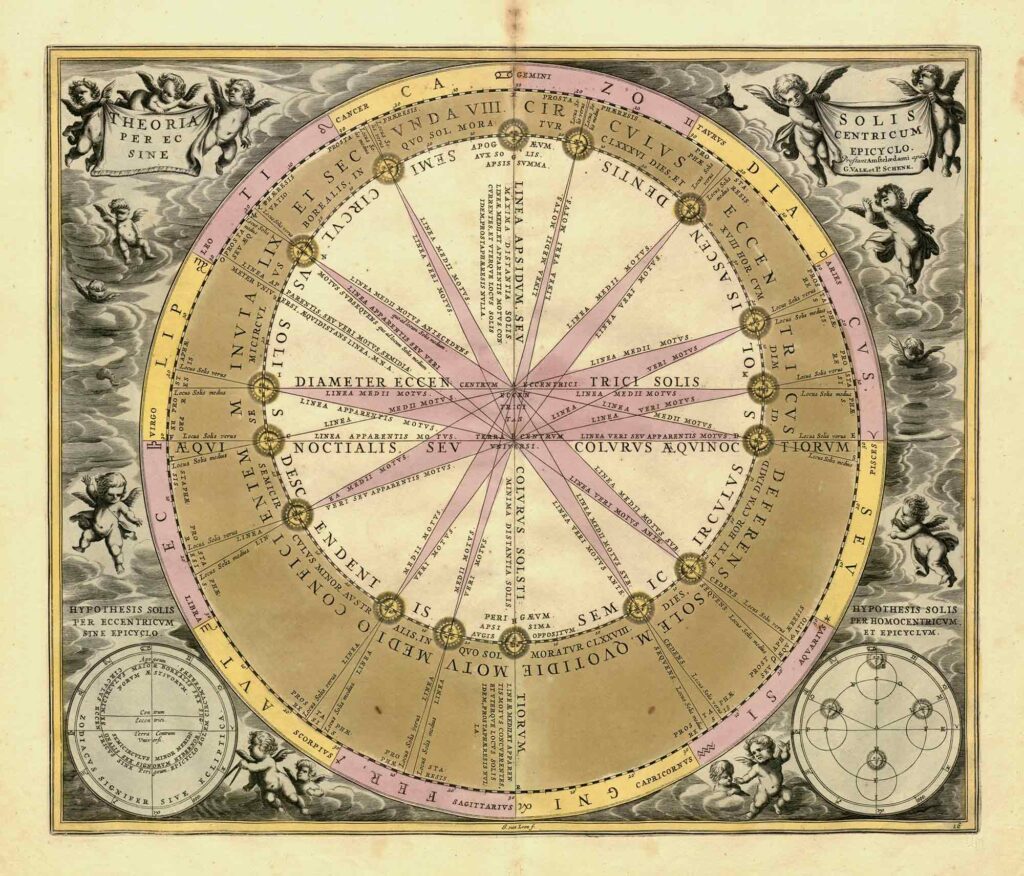
Plate 17: Solis Circa Orbem Terrarum Spiralis Revolutio
Our journey through the Harmonia Macrocosmica now brings us to the seventeenth plate, one that’s a real shining star. May I present to you: Solis Circa Orbem Terrarum Spiralis Revolutio. Or as we would say in English, “The Spiral Revolution of the Sun Around the Earth”. Doesn’t it just sound like an astronomical adventure waiting to happen?
This plate is an artistic and scientific marvel that depicts the path of the sun around the earth in a spiral pattern. It’s a visual representation of the notion of a geocentric universe, one where Earth is at the center, and everything else revolves around it. But hold on, isn’t that an outdated belief? Well, yes, but remember, we’re stepping back in time here, into the shoes of those early astronomers who were just beginning to unravel the mysteries of the cosmos.
Imagine standing in the shoes of the map’s creator, Andreas Cellarius. Picture yourself crafting this intricate design, each line representing not just the path of the sun, but a shared understanding of the universe at that time. Feel the excitement as you draw each spiral, knowing that you are contributing to humanity’s unfolding understanding of our place in the cosmos. Isn’t it a thrilling thought?
Solis Circa Orbem Terrarum Spiralis Revolutio isn’t merely a fascinating historical artifact; it’s a testament to human curiosity and our unquenchable thirst for knowledge. It’s a reminder of how far we’ve come in our understanding of the universe and a celebration of the journey of discovery that got us here.
So, what can we learn from it today? Well, in addition to providing a snapshot of past scientific beliefs, this plate is a powerful demonstration of the complexity of celestial movement. It is a visual representation of the idea that the cosmos is not a static entity but a constantly moving, constantly changing panorama of celestial bodies. Can’t you just feel the motion as you gaze at the spirals on this plate?
Let’s not forget to appreciate the artistic value of this plate. Just look at the swirling spirals, the intricate lines, and the flowing text. It’s a piece of art as well as a piece of scientific history. Isn’t it amazing how this ancient map manages to capture both the scientific and artistic spirit of its time?
In conclusion, Solis Circa Orbem Terrarum Spiralis Revolutio is more than just a map. It’s a window into the past, a testament to human curiosity, and a celebration of the beauty of both science and art. It’s a reminder of our journey through the cosmos and our ongoing quest to uncover its secrets. So, are you ready to keep exploring?
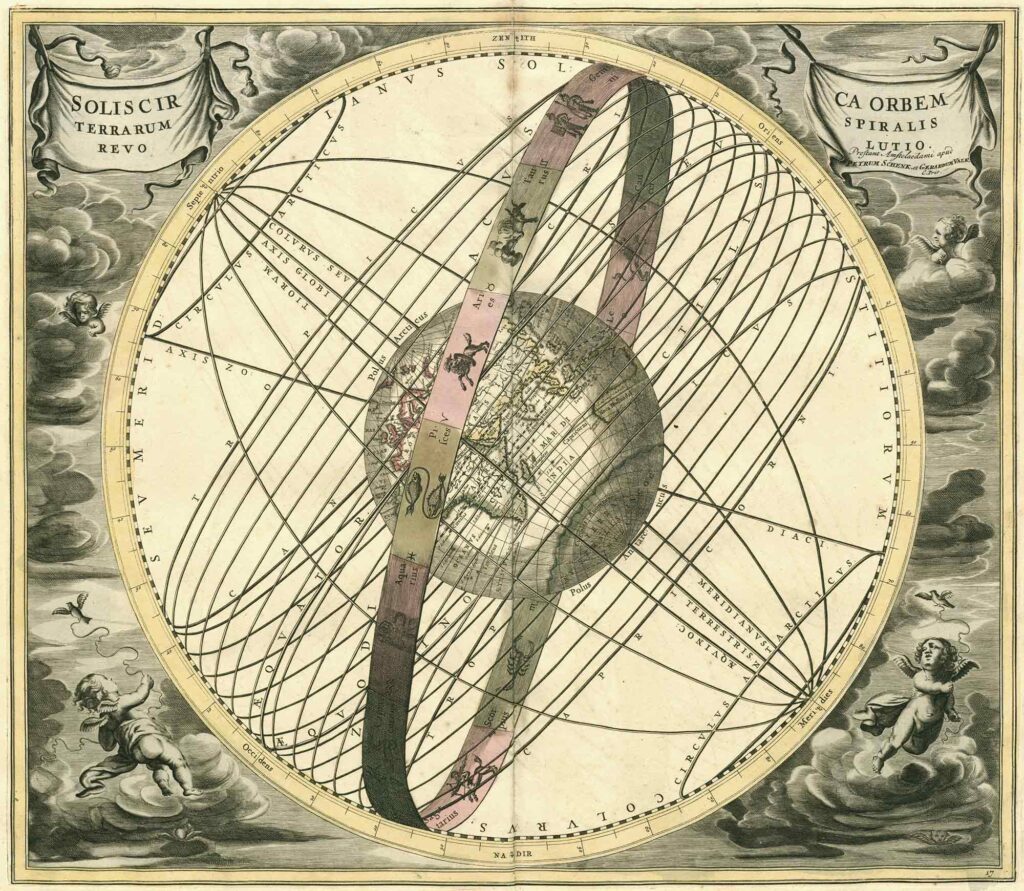
Plate 18: Theoria Lune, Eius Motum Per Eccentricvm Et Epicyclvm Demonstrans
Now, let’s turn our telescopes to Plate 18: Theoria Lune, Eius Motum Per Eccentricvm Et Epicyclvm Demonstrans, which translates to “Theory of the Moon, showing its motion through eccentric and epicycle”. Amidst the grandeur of the Harmonia Macrocosmica, this plate stands out for its focus on our beloved and enigmatic celestial neighbor, the Moon.
The oscillating dance of the Moon around the Earth is captured with a blend of precision and artistry that’s hard to find in modern astronomical diagrams. The moon is depicted orbiting the Earth in an eccentric and epicyclic manner. Now, what on Earth does that mean, you ask? Well, an eccentric orbit is one that is not perfectly circular, but elliptical, and an epicycle is a small circle whose center moves around the circumference of a larger one. Sounds like the Moon is doing a cosmic waltz, doesn’t it?
It’s fascinating to ponder, isn’t it? The exquisite detail of the Moon’s orbit, the way it dances around the Earth – isn’t it simply a mirror of our own journey as explorers, as knowledge seekers, constantly circling around the truths of the universe, sometimes closer, sometimes farther, but always in motion?
“We are not makers of history. We are made by history.” – Martin Luther King, Jr.
Just as King suggested, this plate, like the others in the Harmonia Macrocosmica, is not merely a depiction of astronomical facts. It is also a reflection of the historical context in which it was created. During the era the Harmonia Macrocosmica was produced, the Moon was a symbol of mystery and aspiration. It represented the boundary of human knowledge, the frontier of exploration. And this plate, with its meticulous depiction of the Moon’s complex orbit, embodies that spirit of exploration and discovery.
A Moon Dance Across the Sky
Take a closer look at the plate. Each ring, each line, each dot has been placed with purpose. What might seem like a mere artistic flourish at first glance, is in fact, a precise and calculated mark that contributes to the overall understanding of the Moon’s motion. The diagram provides a visual aid to comprehend the intricate dance between the Earth and Moon, their gravitational tango that results in the various phases of the Moon we observe from our terrestrial vantage point.
This plate, drawing on the astronomical understanding of its time, illustrates a captivating cosmic ballet that continues to unfold across the ages, reminding us of our enduring fascination and connection with the cosmos. After all, who among us hasn’t marveled at the sight of the Moon, our constant companion in the night sky, whispering tales of the universe’s past, present, and future?
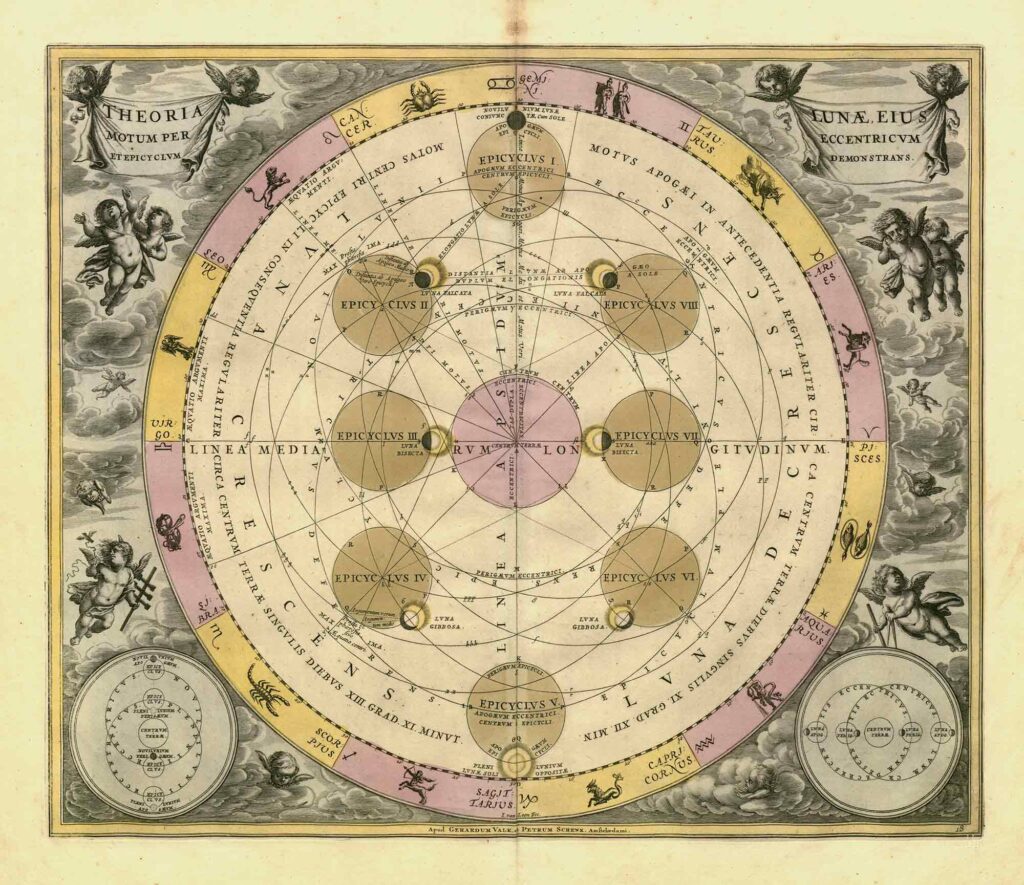
Plate 19: Typus Selenographicus Lune Phases Et Aspectus Varios Adumbrans
Get ready, my dear explorers, because our 19th stop in this grand visual journey across the cosmos is nothing short of enchanting! Plate 19, with its Latin title “Typus Selenographicus Lune Phases Et Aspectus Varios Adumbrans”, translates to the English “The Selenographic Type, Showing the Phases of the Moon and Various Appearances”. This poetic title is befitting of the celestial ballet that unfolds on this plate’s face.
For those of you unfamiliar with the term, “selenography” is the study of the surface and physical features of the moon. Similar to how geography describes Earth’s physical attributes, selenography is our lunar counterpart. So, buckle up and prepare to be moonstruck!
Waltzing with the Moon
The star of this plate, quite literally, is the moon, our closest celestial neighbor. Artistically rendered, the moon is shown in various phases, from the slenderest crescent to the full moon’s radiant splendor. Have you ever wondered why the moon changes shape in the night sky? Well, this plate provides a detailed portrayal of the moon’s different phases and their relation to the sunlight that illuminates them.
But hold on, there’s more! The plate also showcases different lunar views we see from our terrestrial vantage point. It’s like a snapshot of the moon’s dance across our night sky, captured in astonishing detail. So, who’s ready for a lunar waltz?
Decoding the Lunar Landscape
Imagine, if you will, the thrill of the astronomers of the time as they painstakingly sketched the moon’s topography. The craters, the mountains, the “seas”, each lunar feature is marked with painstaking accuracy. The sense of discovery, of mapping uncharted territories, must have been truly exhilarating!
By displaying the lunar surface’s selenographic details, this plate allows us to perceive the moon as a world onto itself, replete with its unique physical geography. Isn’t it astounding to think how the moon, so familiar and yet so foreign, has its unique landscapes waiting to be explored?
Reflecting on the Moon’s Charm
There’s a certain charm in the moon, isn’t there? Its mysterious glow, waxing and waning, has intrigued humanity for centuries. By presenting us with a detailed depiction of the moon’s various phases and appearances, this plate furthers our fascination. It tells us that there’s a lot more to the moon than just a shiny disc in the night sky.
So next time when you gaze up at the moonlit sky, remember this plate, and appreciate the celestial ballet that’s happening right above you. After all, isn’t exploration just another form of appreciating the beauty around us?
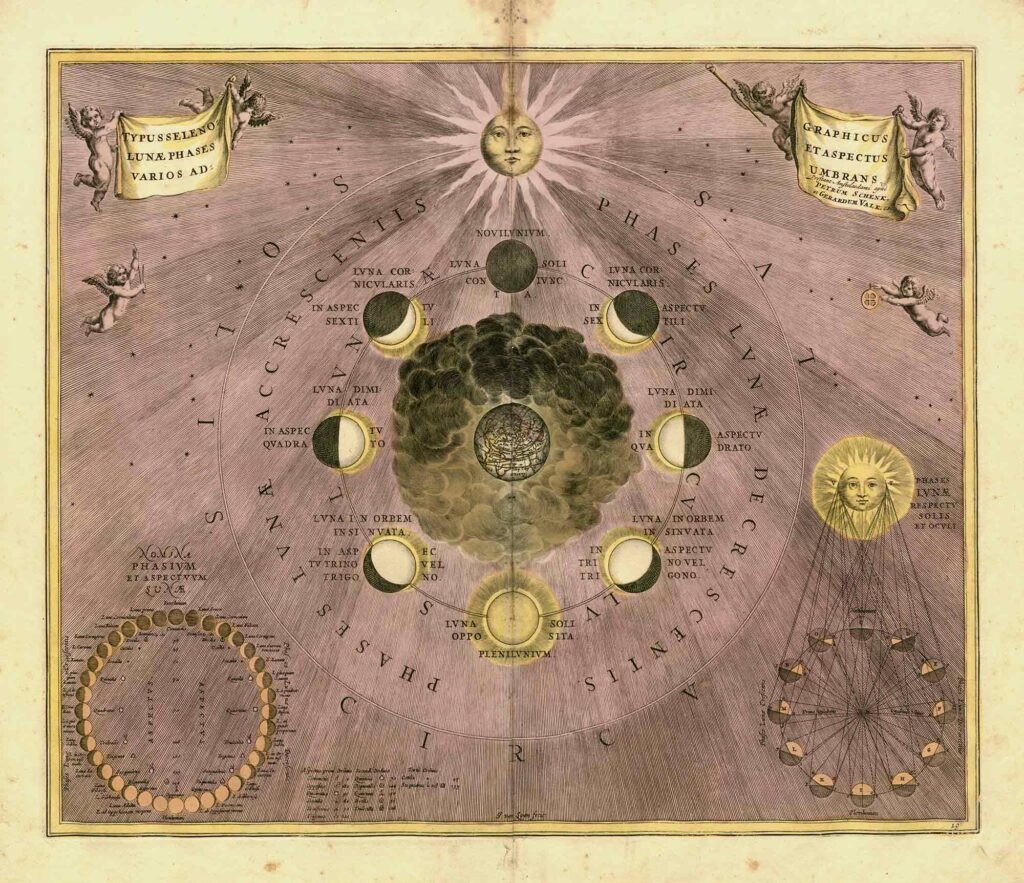
Plate 20: Theoria Trium Superiorum Planetarum
Get ready to launch as we set our sights on Plate 20: Theoria Trium Superiorum Planetarum, which translates to ‘Theory of the three superior planets’. Now, before you start thinking this is about alien overlords, let me clarify. In the language of astronomy, ‘superior’ doesn’t mean ‘better’, but rather refers to planets that orbit outside of Earth’s path around the Sun, namely Mars, Jupiter, and Saturn.
Are you still with me? Good! Because we’re about to take a cosmic caravan across this fascinating plate.
Peering into the Heavens
Now, imagine yourself peering through a telescope, stargazing at the night sky. You’d see these ‘superior’ planets scattered across the celestial sphere like gleaming jewels on a velvet canvas, wouldn’t you? Well, this plate effectively illustrates that view.
It is a masterful representation of the paths these planets traverse, providing a visual understanding of their relative positions and orbits. What’s unique about this plate is that it doesn’t just depict the planets as they are, but it also provides a glimpse into the mysteries of their movements.
Unraveling the Orbits
Ever wondered why planets move the way they do? Well, this plate explores just that! It presents the orbits of Mars, Jupiter, and Saturn in relation to Earth’s orbit, allowing us to visualize their celestial dance. Each planet’s path is shown with a distinct line, almost like individual tracks in the cosmic race around the Sun.
It’s important to remember that this plate, like the rest of the Harmonia Macrocosmica, doesn’t merely provide a snapshot of the sky at a particular moment. Instead, it’s a dynamic representation of the ‘superior’ planets’ movements over time.
Decoding the Symbols
The plate is adorned with various symbols and annotations, each serving a specific purpose. These include the astrological symbols for Mars, Jupiter, and Saturn, and the lines marking their orbits. But what do they all mean?
The symbols are essentially a shorthand for astronomers, a universal language describing the cosmos. For instance, the symbol for Mars appears like a circle with an arrow pointing diagonally upwards, representing the Roman god of war’s shield and spear.
So, by understanding these symbols, you can delve deeper into the plate’s meaning and decipher the celestial mysteries it holds. Now, isn’t that an exciting prospect?
With each plate we explore, we are not just looking at historical maps. We are time-traveling, we are space-exploring, and we are demystifying the cosmos as they were understood centuries ago. So, are you ready for the next journey?
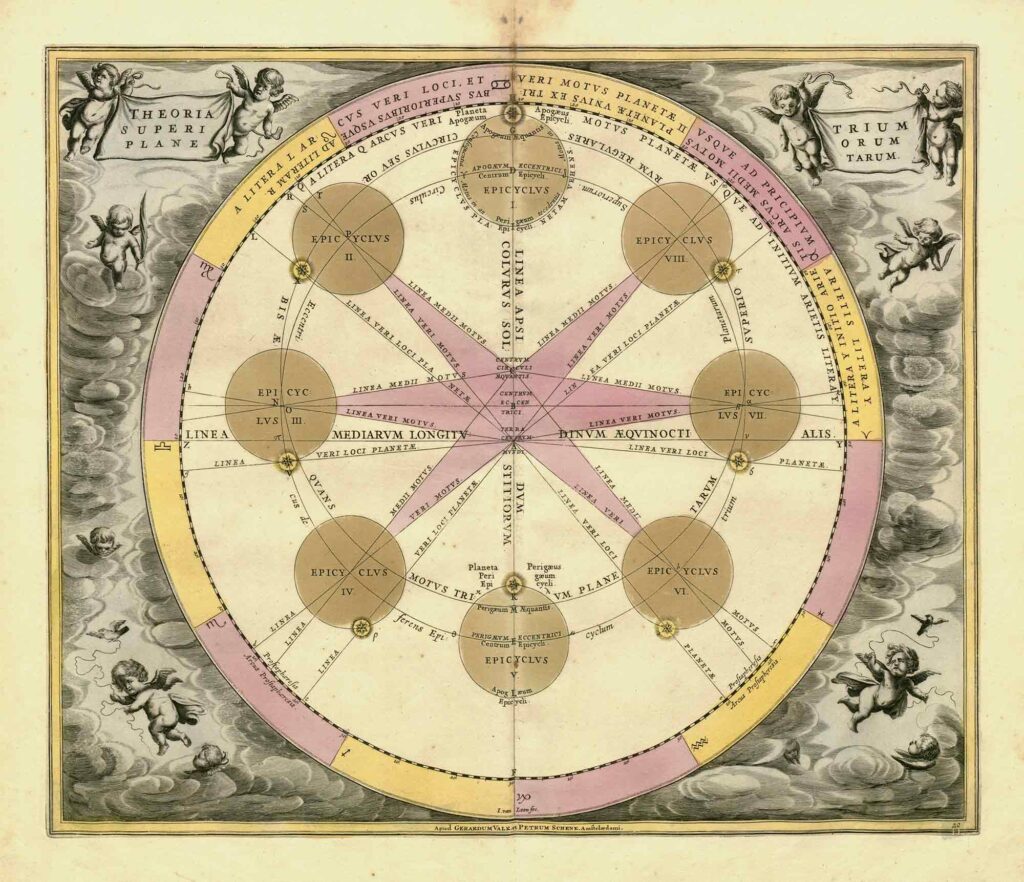
Plate 21: Theoria Veneris Et Mercurii
Here we are, my dear reader, at the cusp of celestial wonder, gazing upon Plate 21: Theoria Veneris Et Mercurii or, as it translates to English, The Theory of Venus and Mercury. How thrilling is it to delve into the enigmatic world of these two celestial bodies, charted meticulously by Andreas Cellarius in the Harmonia Macrocosmica?
As you cast your eyes on this plate, you’ll find yourself unearthing the orbits of Venus and Mercury, as perceived in the 17th century. You see, the orbits aren’t simply circular paths in space. No, they are intricate, spiraling dances of the cosmos, encapsulated beautifully in this celestial masterpiece.
Now, let’s decode this plate, shall we? At the center, you’ll observe a circle representing the Sun, encircled by the coiling paths of Venus and Mercury. Each orbit, both fascinating and complex, spirals around the Sun in a dizzying array of celestial choreography. How could one not be enchanted by this cosmic ballet?
The outer edge of the plate is adorned with a rich tapestry of zodiac constellations. Ah, what a brilliant touch! This not only provides a backdrop of astrological significance but also offers a means of orientating the viewer in the cosmos. How does it feel to navigate the celestial sphere, just like the astronomers of old?
This plate is a testament to the painstaking observations and calculations of astronomers throughout history. Their dedication to understanding the dance of the heavens is etched into every line. And therein lies the beauty of the Harmonia Macrocosmica, wouldn’t you agree? It’s not just about maps and plates; it’s a celebration of human curiosity and the relentless pursuit of knowledge.
So, as you marvel at Theoria Veneris Et Mercurii, remember the echo of ancient astronomers whispering their discoveries across the centuries. Their voices resonate in the spiral orbits of Venus and Mercury, inviting you to partake in the eternal cosmic dance. Are you ready for the next celestial waltz?
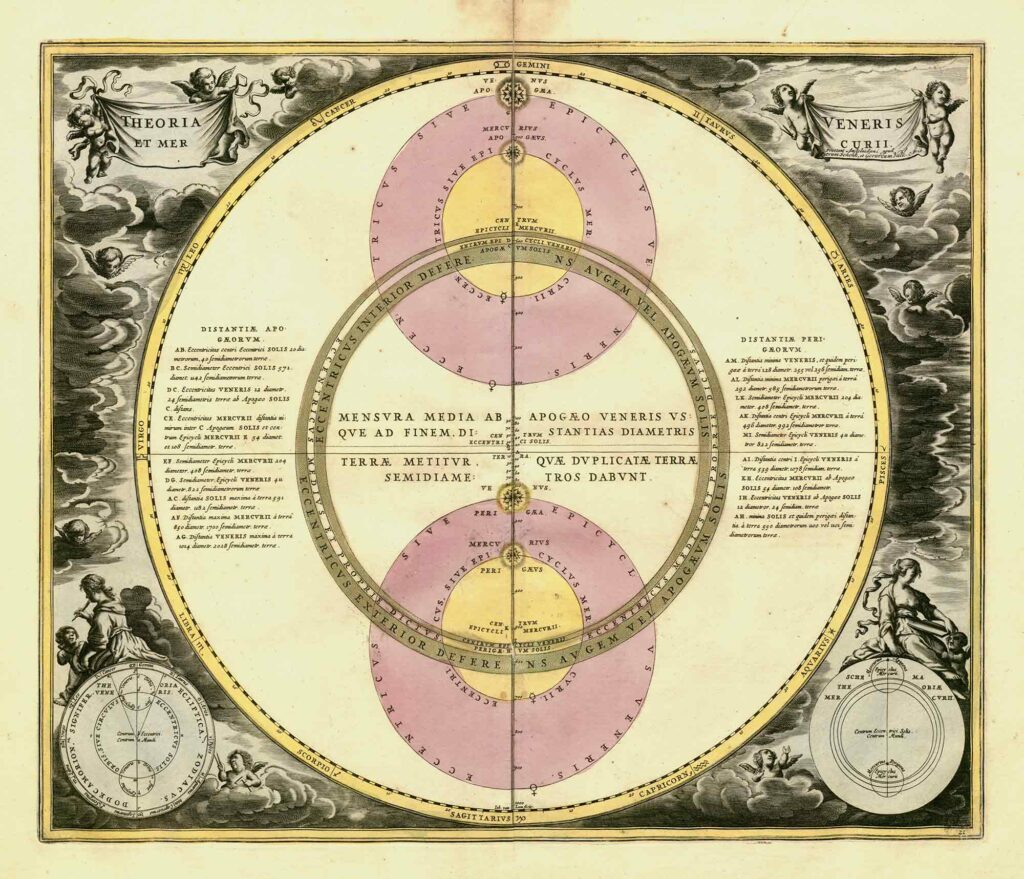
Plate 22: Coeli Stellati Christiani Hemispherium Prius
Alright, let’s turn the page and embark on our journey to the 22nd plate – Coeli Stellati Christiani Hemispherium Prius. Doesn’t that have a certain ring to it? Well, that’s Latin for you! The English translation of this Latin phrase is “The First Hemisphere of the Christian Starry Heavens”. Intriguing, isn’t it?
Now, you may be wondering, what’s so Christian about these starry heavens? Well, let me enlighten you. This plate is quite unique in its depiction of constellations. Instead of following the traditional Greek constellation system, this plate represents an attempt to Christianize the heavens. Each constellation is a biblical figure or symbol, presenting a celestial map in line with Christian worldview.
The Revisioning of the Constellations
Imagine looking up at the night sky and seeing not just Orion or the Big Dipper, but instead, Adam and Eve or Noah’s Ark. The constellations on this plate are all named after biblical events or figures. A fascinating attempt to combine the scientific understanding of the cosmos with religious beliefs, don’t you think?
The Artistry of the Plate
One cannot overlook the artistic finesse involved in the creation of this plate. The detail and precision with which each constellation is drawn are truly admirable. Not just a simple celestial map, this plate is a work of art showcasing the fine printmaking techniques of the 17th century.
Interpreting the Plate
Interpreting this plate could be an exciting challenge for many. With constellations named in Latin and a wide array of biblical figures and symbols, it offers a unique lens to explore the cosmos. Akin to a puzzle waiting to be solved, wouldn’t you agree?
So, as we turn the page from the Coeli Stellati Christiani Hemispherium Prius to the subsequent plates, remember the unique intermingling of science, religion, and art that this celestial map represents. Curious about what’s next? Well, let’s turn the page and dive deeper into the starry abyss of the Harmonia Macrocosmica.
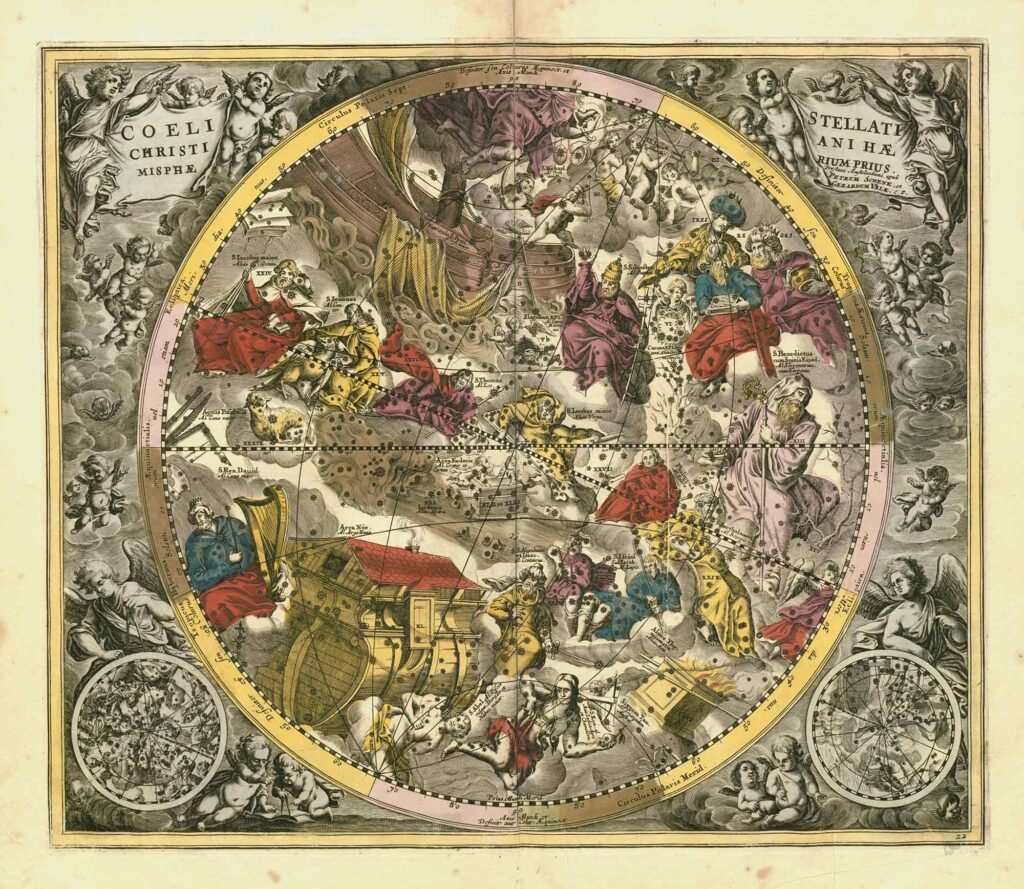
Plate 23: Coeli Stellati Christiani Hemispherium Posterius
The Second Chapter in the Stellar Saga
In the 23rd plate of the Harmonia Macrocosmica, we dive into the wondrous world of the “Posterior Hemisphere of the Christian Starry Sky” – the English translation of Coeli Stellati Christiani Hemispherium Posterius. This plate serves as a sequel to the one before, continuing the narrative of celestial wonder, but from a different perspective. Just as the previous plate presented the anterior hemisphere, this one explores the posterior hemisphere of the starry sky.
Reading the Sky Like a Book
Have you ever wondered how the ancients made sense of the night sky? How were they able to identify patterns among such a vast multitude of stars? Well, this plate may hold some answers. In it, the constellations are name-tagged and traced in a way that facilitates easy understanding. It’s like having a map of the stars that you can carry around in your pocket! Now, isn’t that a thrilling proposition?
Heavenly Artistry
The visual allure of this plate is hard to ignore. Not only does it map out the constellations scientifically, but it also portrays them artistically. Each constellation is depicted as a mythical creature or character, with stars forming the outline of their shapes. The sheer creativity of the ancients shines through in this plate. Isn’t it fascinating to think of our ancestors looking up at the sky and connecting dots to create these intricate patterns?
Peeking into the Past
Coeli Stellati Christiani Hemispherium Posterius is not just a map, but a peek into the past. It reveals the human endeavor to make sense of the cosmos and the role of religion in interpreting the natural world. As you delve into the details of this plate, you’ll find yourself walking the same path that ancient astronomers did, gazing at the same sky, and perhaps even sharing their sense of awe and wonder. What stories could these constellations tell? What secrets might they hold?
Decoding the Plate
Although the intricacies of the plate may appear cryptic at first glance, with patience and curiosity, you can start to decode the celestial story it tells. Each constellation, each star has a place and a purpose. As you trace the shapes and connect the dots, you’ll see a story unfold – a story of human curiosity, creativity, and the quest for understanding. Doesn’t that give you a sense of connection with those stargazers of the past?
So, are you ready to embark on this celestial journey? To walk in the footsteps of ancient astronomers? To see the sky through their eyes? Buckle up, because the adventure is just beginning!
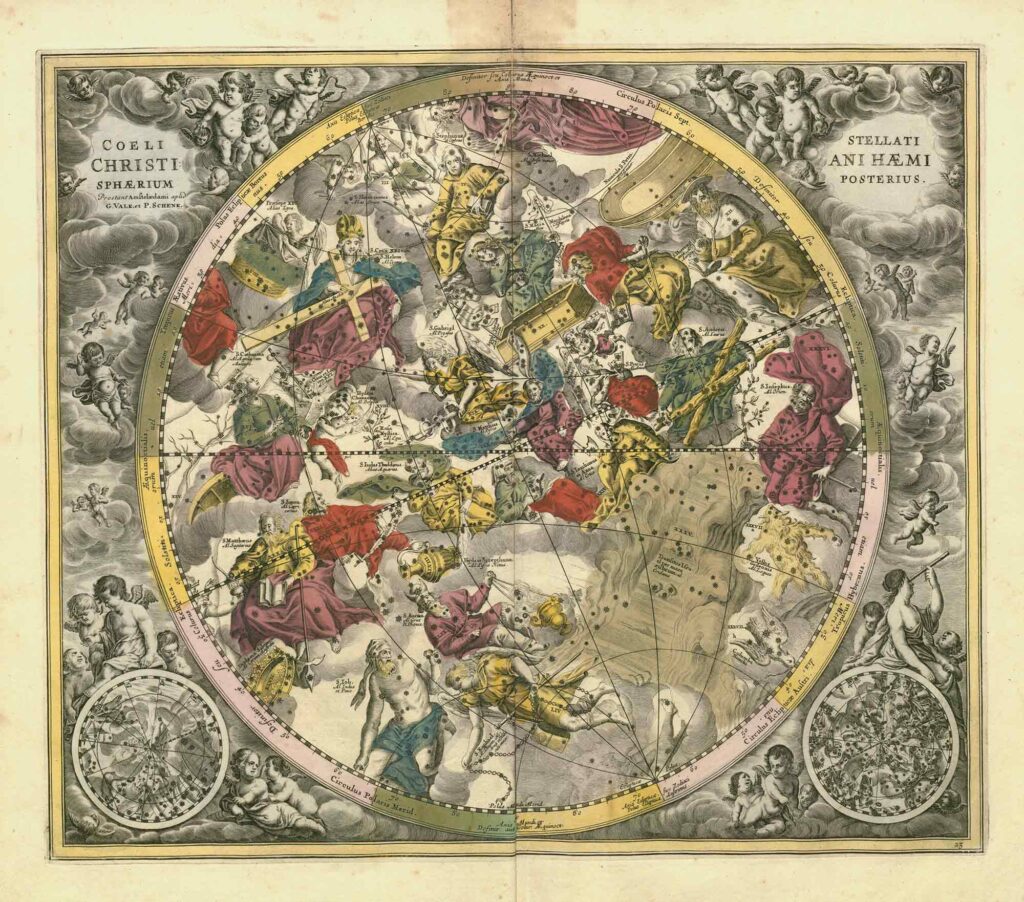
Plate 24: Hemisphærium Stellatum Boreale Antiqvum
Welcome, dear reader, to the wondrous world of Plate 24: Hemisphærium Stellatum Boreale Antiqvum, or as we know it in English, the Ancient Northern Starry Hemisphere. This celestial map, unlike any other, is an artistic masterpiece that transcends time and space, taking us back to the age when ancient astronomers scanned the night skies with naked eyes, charting the courses of stars and constellations. It’s a tangible testament to our innate curiosity about the cosmos and our place within it. But what exactly does this resplendent celestial map depict? Let’s take a deep dive and find out.
The Hemisphærium Stellatum Boreale Antiqvum is a vibrant depiction of the ancient northern sky, brimming with ethereal beauty and scientific rigor. The term ‘Boreale’ refers to the northern hemisphere, while ‘Antiqvum’ signifies that this map portrays the night sky as perceived by the ancient stargazers. What’s more, ‘Stellatum’ implies that this map is studded with stars, just like the real night sky. Isn’t that fascinating?
Scanning the plate, you’ll notice distinct shapes and patterns – these represent the ancient constellations. From the mighty Hercules to the elusive Draco, these ancient constellations are etched against the celestial sphere, each with its own story and significance. Have you ever wondered how our ancestors perceived the cosmos? Well, this plate provides a compelling answer.
But, there’s more to this plate than meets the eye. It also serves as a celestial time capsule, preserving the ancient stargazers’ understanding of the cosmos. You’ll notice, for instance, how our ancestors grouped the stars into constellations, creating meaningful patterns in the sky. This practice, known as asterism, reflects our innate tendency to find order in chaos – a human trait that’s as old as civilization itself.
Perhaps what’s most striking about the Hemisphærium Stellatum Boreale Antiqvum is how it highlights the enduring human curiosity about the cosmos. It’s a stark reminder that we’ve always been explorers, seeking to understand our place in the universe. Through this plate, we can trace the arc of our collective journey, from ancient stargazers to modern astronomers. Isn’t it thrilling to be part of this cosmic saga?
So, the next time you gaze up at the night sky, remember the Hemisphærium Stellatum Boreale Antiqvum. Remember the ancient constellations and the stories they tell. Remember our shared cosmic journey. And above all, remember that we are, and always have been, explorers of the cosmos.
The Harmony of the Spheres
This plate, like the Harmonia Macrocosmica itself, embodies the concept of Musica Universalis or the “Music of the Spheres”. This ancient philosophical concept proposed that the movements of celestial bodies – the Sun, Moon, and planets – create a form of silent music, harmonious and perfect, beyond human hearing. It’s fascinating, isn’t it, how our ancestors perceived the cosmos as an orchestra, with each celestial body playing its part in the grand cosmic symphony?
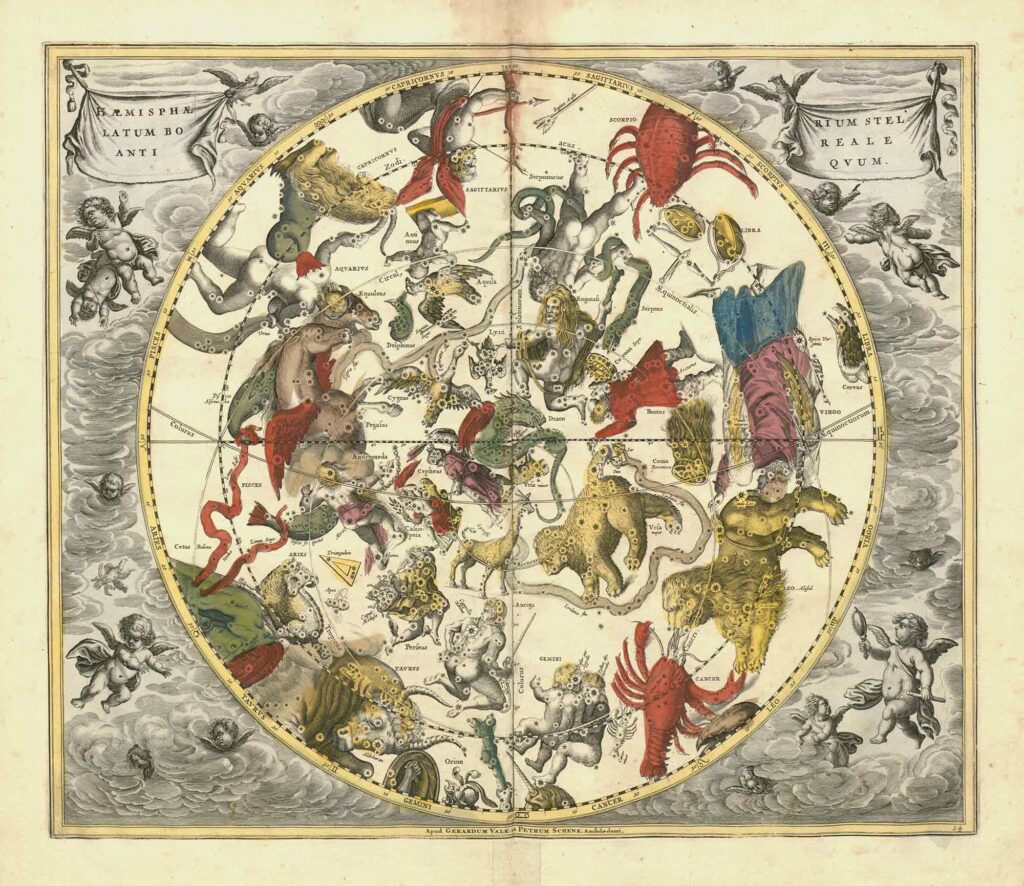
Plate 25: Hemispherii Borealis Coeli Et Terræ Spherica Scenographia
Whoosh! Fasten your seatbelts, cosmic explorers, because the 25th plate in the Harmonia Macrocosmica is going to take us on a thrilling ride. Its Latin title may appear intimidating, but fear not! It’s simply called “The Spherical Representation of the Heaven and Earth in the Northern Hemisphere”. Sounds intriguing, doesn’t it? Then let’s dive right in!
A Journey to the Northern Sky
The first thing you’ll notice about this plate is its striking visual layout. Isn’t it fascinating how the ancients envisioned our world and the space that surrounds us? The Earth is, of course, presented as a globe — a forward-thinking concept considering the time when these illustrations were crafted.
But what’s this? A constellation of stars enveloping the Earth, you say? Indeed, dear readers, the celestial sphere in this plate represents the northern celestial hemisphere. It’s as if you’re getting a celestial bird’s eye view from the North Pole itself.
The Cosmic Map
Now, let’s talk about the actual constellations represented on this plate. Some of them are probably familiar to you. Perhaps you’ve been lucky enough to spot the Big Dipper or Polaris, the North Star, on a clear night? Those are just a couple of the constellations adorning this celestial map.
Interestingly, the constellations are not depicted in isolation. Instead, they are interwoven into a grand, intricate cosmic map. You can see the lines connecting the stars, forming the familiar shapes and patterns that have guided explorers and stargazers for millennia. Isn’t it amazing how the same stars that guided ancient navigators still shine down on us today?
Interpreting the Plate
So, how do we make sense of this plate? At first glance, it may seem like an overwhelming jumble of stars and lines. But just like reading a book, it’s all about knowing where to start.
In the center, you’ll find the Earth, surrounded by the celestial sphere. The constellations are depicted outside this sphere, each one drawn with astonishing attention to detail. Have a closer look. Can you see how each star’s position corresponds with its actual location in the night sky?
Moreover, the constellations are labeled using their traditional names. This offers a fascinating insight into the ways ancient astronomers categorized and understood the cosmos. A real treat for any history and astronomy enthusiast, wouldn’t you agree?
Indeed, this plate serves as a poignant reminder of our place in the universe. While we may occupy a small corner of the cosmos, understanding our celestial surroundings helps to broaden our perspectives and fuel our curiosity. So, dear reader, as we continue this cosmic journey through the plates of the Harmonia Macrocosmica, let’s remember to always keep our eyes to the stars. Furthermore, the Harmonia Macrocosmica provides valuable insights into the historical development of astronomy and cosmology. Through its detailed maps and diagrams, it showcases the prevailing knowledge and beliefs about the universe during the 17th century. It offers a glimpse into the minds of astronomers and their attempts to understand the celestial realm. The atlas also includes annotations and explanations, providing additional context and information about the celestial bodies and systems depicted. As such, the Harmonia Macrocosmica serves as a historical record of astronomical knowledge and the evolving understanding of the cosmos.

Plate 26: Hemisphærium Stellatvm Boreale Cvm Subiecto Hemisphærio Terrestri
Are you ready, dear reader, to embark on an exploration of the celestial north? Brace yourself for a grand adventure through the stars as we dive deep into Plate 26 of the Harmonia Macrocosmica, whimsically titled Hemisphærium Stellatvm Boreale Cvm Subiecto Hemisphærio Terrestri or in plain English, “The Northern Starry Hemisphere with the Underlying Terrestrial Hemisphere”.
What makes this plate so extraordinary? Well, it ingeniously superimposes the earthly northern hemisphere onto the star-studded northern celestial sphere. It’s like a cosmic cross-section, revealing the ‘above’ and ‘below’ in one intriguing glance. But what does this mean for our understanding of the universe?
This plate artfully combines the terrestrial and celestial, creating a visual treat that allows the viewer to appreciate the correlation between our earthly geography and the heavenly bodies that keep watch over us. It invites us into a world where science and artistry coalesce, where imagination and observation hold hands.
The earthly hemisphere on the plate showcases detailed geographical features familiar to any terrestrial explorer. But what about the starry hemisphere? It’s a dance of constellations that have guided sailors, inspired poets, and puzzled astronomers throughout the ages. It’s a window to the cosmos, where we can trace the path of stars and identify constellations, each with its unique narrative woven into the tapestry of human culture.
As you explore the plate, you may notice that the earthly hemisphere is oriented with north at the bottom, an unusual perspective in traditional cartography. Why’s that, you ask? Well, it’s to match the orientation of the celestial sphere above it, whose south pole is at the bottom. It’s a clever trick that emphasizes the mirror-like relationship between the heavens and the Earth.
The Hemisphærium Stellatvm Boreale Cvm Subiecto Hemisphærio Terrestri is more than just a plate in an atlas. It’s a testament to human curiosity and the timeless quest to understand our place in the cosmos. Don’t you agree, dear reader, that it’s a kind of poetry written on a cosmic scale?
Indeed, the beauty of this plate lies not only in its visual appeal but also in the depth of knowledge it encapsulates. Wouldn’t you like to have this cosmic map in hand as you navigate through the labyrinth of the universe?
As we continue our journey through the Harmonia Macrocosmica, remember this celestial-terrestrial dance. It’s a reminder that while we may be small in the grand scheme of the cosmos, our quest for knowledge and understanding makes us part of this grand celestial ballet. Isn’t that a thought worth pondering?
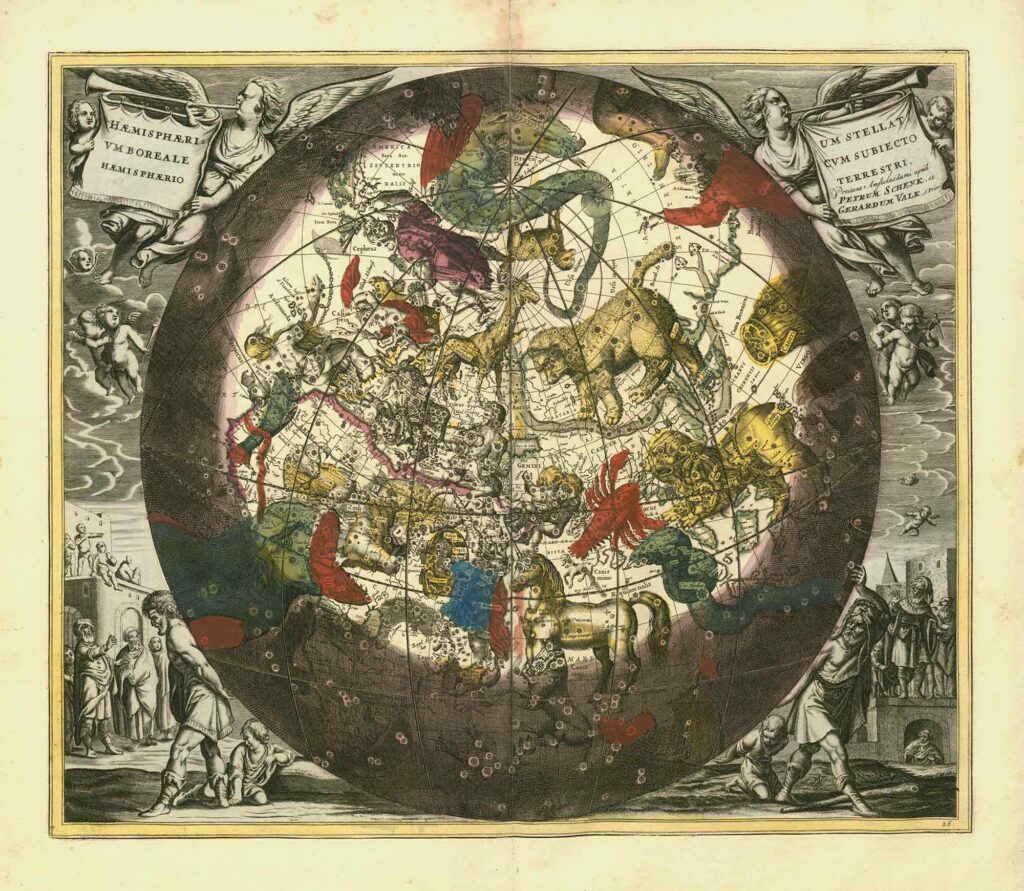
Plate 27: Hemispherium Stellatum Australe Antiquum
Get ready, dear reader, because we’re heading south! We’re venturing into the celestial realms of the southern hemisphere with Plate 27: Hemispherium Stellatum Australe Antiquum. This translates from Latin as “The Old Southern Starry Hemisphere.” Can you feel the chill of the southern breeze already?
As with its northern counterpart, this plate is a stellar feast for the eyes. It’s a map that blends art, mythology, and science, offering a glimpse into how our ancestors in the southern hemisphere visualized their night sky. It’s a rich tapestry of constellations and celestial bodies, each with its own tale to tell. So, let’s delve right in, shall we?
The Constellations of the Southern Hemisphere
At first glance, this plate might seem a little less crowded than its northern counterpart. But don’t let that fool you. The southern hemisphere’s night sky is filled with constellations, each as fascinating as the next. Among them are the Centaurus, the Southern Cross, and the ship Argo Navis, each constellation depicted with its associated mythological figure or object. But what’s really fascinating about this plate?
Well, it’s the fact that many of these constellations are unique to the southern hemisphere. They were out of sight for the ancient Greeks and Romans who named most of the constellations we know today. These constellations, so vividly depicted in the plate, provide us with a unique insight into the culture and knowledge of those who lived in the southern parts of our world.
Decoding the Plate
Remember how we’ve talked about the Harmonia Macrocosmica’s dual nature as both a scientific and a work of art? Well, this plate is no exception. It’s a scientific record of the night sky, yes, but it’s also filled with artistic symbolism.
Take a closer look, and you’ll notice the figures of the constellations are intricately drawn. They’re not just random dots connected by lines. Each constellation is a piece of art, revealing a story from ancient mythology. But it’s not just about the stories. The constellations also provide us with valuable scientific information about the night sky.
This plate, like the others, is designed to be read from the outside in. The outermost ring shows the degrees of the zodiac, while the next ring inward provides the names of the constellations. The inner ring, right next to the representation of the Earth, contains the celestial longitudes and latitudes. This plate, then, is not just a feast for the eyes but also a treasure trove of scientific knowledge.
So, are you ready to take a trip to the southern hemisphere? With Plate 27: Hemispherium Stellatum Australe Antiquum, you can do just that, right from the comfort of your own home. Isn’t that amazing?
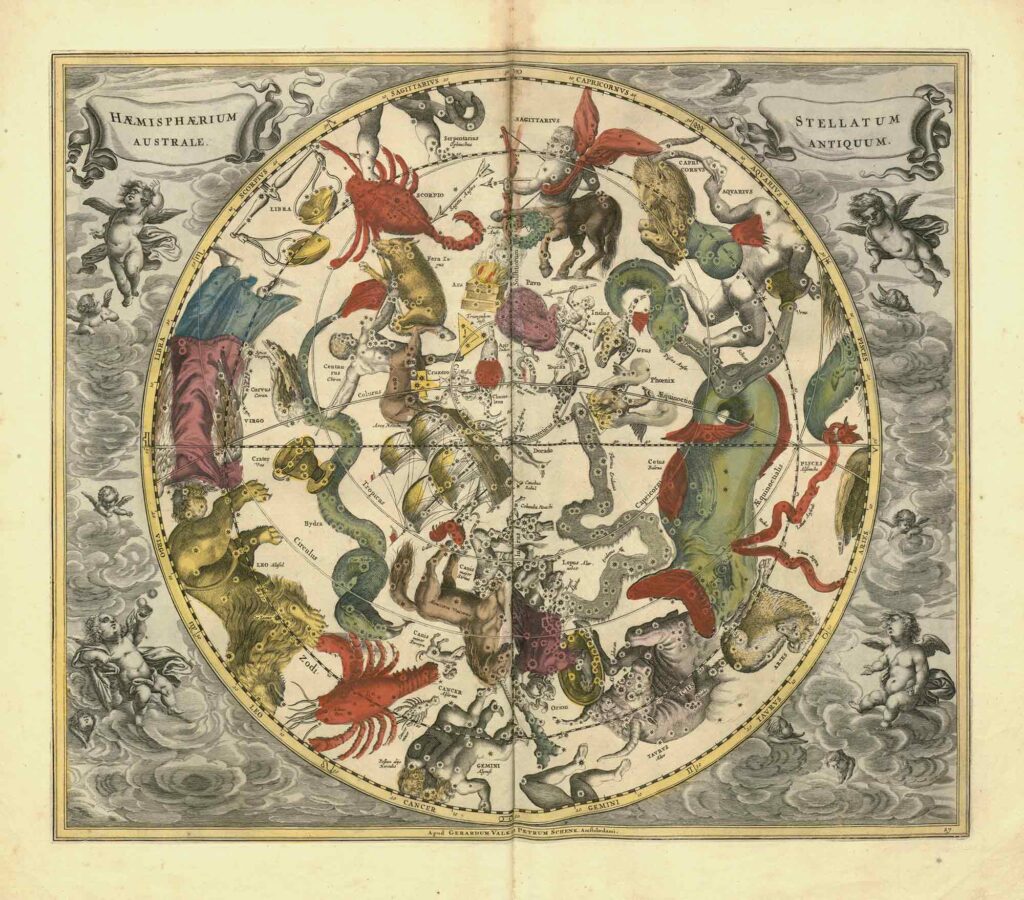
Plate 28: Hemisphærivm Scenographicum Australe Coeli Stellati Et Terre
The Southern Sky in Vivid Detail
Are you ready to immerse yourself in the celestial grandeur of the southern sky? To truly appreciate the Hemisphærivm Scenographicum Australe Coeli Stellati Et Terre, or, in plain English, the “Scenographic Hemisphere of the Starry Southern Sky and Earth”, one must dive deep into its intricate details and the rich history it carries.
The Artistry of the Plate
As you cast your eyes upon this plate, you might feel as if you’ve been transported to another time and place. The artistic merit of this plate is nothing short of phenomenal. But did you ever wonder about the painstaking process that went into the creation of this masterpiece?
Each star, each constellation, each tiny detail was carefully etched onto the plate, with a profound understanding of the cosmos. It is a testament to the astronomical knowledge of the era, a time when the exploration of the universe was motivated by not just scientific curiosity, but also by the human need for artistic expression.
Interpreting the Plate
Now, let’s delve into the nitty-gritty of the plate. The plate showcases the southern celestial hemisphere, but have you noticed the unusual perspective presented here? It’s as if we’re looking at the Earth from a point deep in space, isn’t it?
What you’re seeing is a representation of an ancient belief that the Earth was at the center of the universe. From this vantage point, the stars seem to revolve around the Earth, a sight that must have been truly mesmerizing to the astronomers of the past.
Decoding the Plate
As we move towards understanding the plate better, it becomes evident that the celestial bodies aren’t randomly placed. The plate is a treasure trove of information, offering insights into the positions of the stars and constellations as they were understood then.
Take a closer look! Can you see the numerous constellations artistically depicted as mythological creatures and symbols? They are a reflection of the stories, beliefs, and cultures of the time, all beautifully woven into the cosmic tapestry.
Remember, every line, every star, every symbol on this plate carries a story, a piece of the cosmic puzzle. And with every new insight, we get closer to understanding the universe a little more.
So, my dear explorers, are you ready to continue on this fascinating journey through the cosmos, one plate at a time?
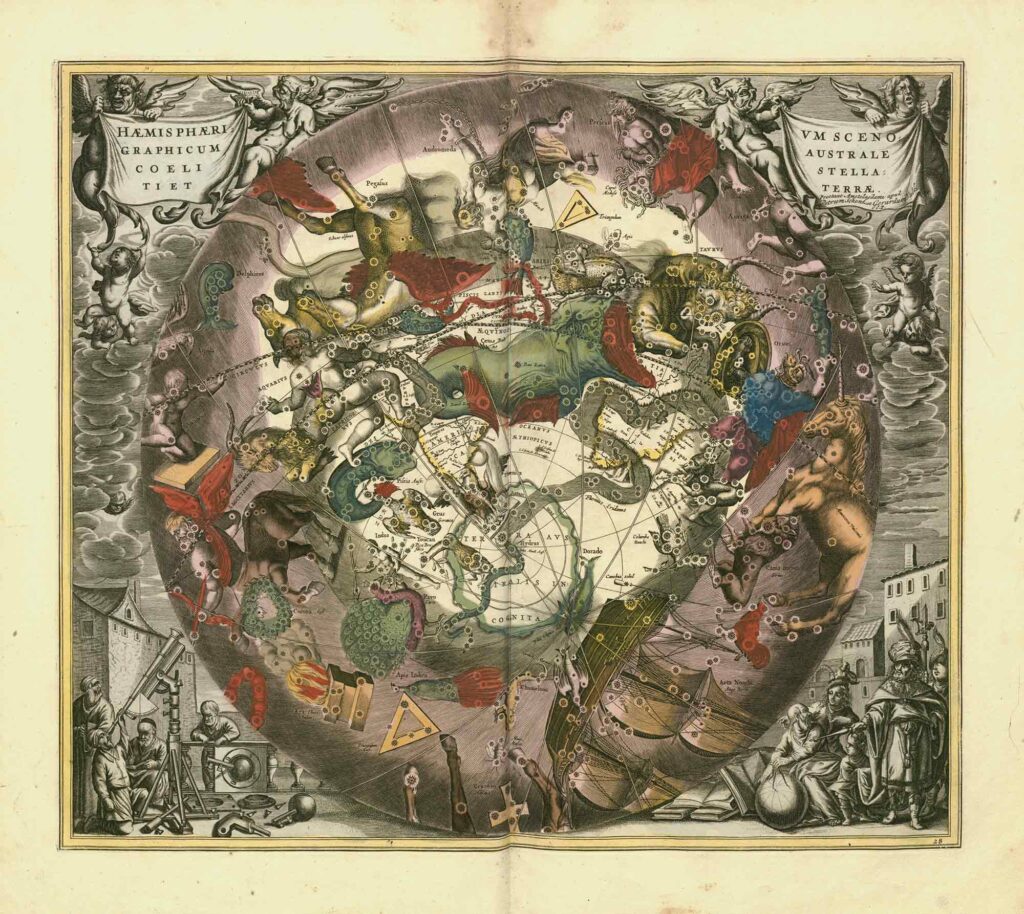
Plate 29: Hemispherium Stellatum Australe Equali Spherarum Proportione
Fasten your seatbelts, dear explorers, because we’re about to embark on a cosmic journey to the final plate of the Harmonia Macrocosmica: Plate 29, the Hemispherium Stellatum Australe Equali Spherarum Proportione. Or in our common tongue, the “Southern Hemisphere of Stars with Equal Proportions of the Spheres”. So, what does this grand title promise us? Let’s find out!
Celestial Cartography Unveiled
Think of this plate as the epitome of celestial cartography, a masterpiece of the sky’s depiction, striking a balance between artistic expression and scientific precision. It’s not just a plate; it’s a door to the southern skies, opening up the heavens in a way you’ve never seen before.
Are you ready to step through and discover the wonders that lie beyond?
The Harmony of Spheres
Imagine a symphony, where each note is perfectly pitched, creating a harmony that resonates throughout the cosmos. That’s what we see when we gaze upon the Hemispherium Stellatum Australe Equali Spherarum Proportione. Every star, every constellation, every celestial body is in its exact place, mapped with an accuracy that defies the limits of 17th-century technology. How is this possible, you ask?
Remember, this is not just a map; it’s a testament to the human spirit, a declaration that the mysteries of the universe are ours to unravel.
Decoding the Plate
As we delve deeper into the plate, we begin to decode its secrets. The constellations are meticulously labelled, each one a character in the grand cosmic narrative. But there’s more to the story than the stars. Look closer, and you’ll see the celestial equator and the ecliptic, the key to understanding the motion of the stars.
Stare into the Hemispherium Stellatum Australe Equali Spherarum Proportione, and you’re staring into the heart of the universe, listening to the silent symphony of the spheres.
So, let’s celebrate this final plate, not just as a map, but as a testament to the human spirit’s relentless curiosity and drive to explore the unknown. Doesn’t it make you feel part of something much greater than yourself?
As we turn the last page of this celestial atlas, remember, each star we’ve seen, each constellation we’ve traversed, is not just out there in the universe. It’s here, within us, a reminder of our shared cosmic journey. So, until our next cosmic adventure, keep exploring, keep wondering, and most importantly, keep looking up!
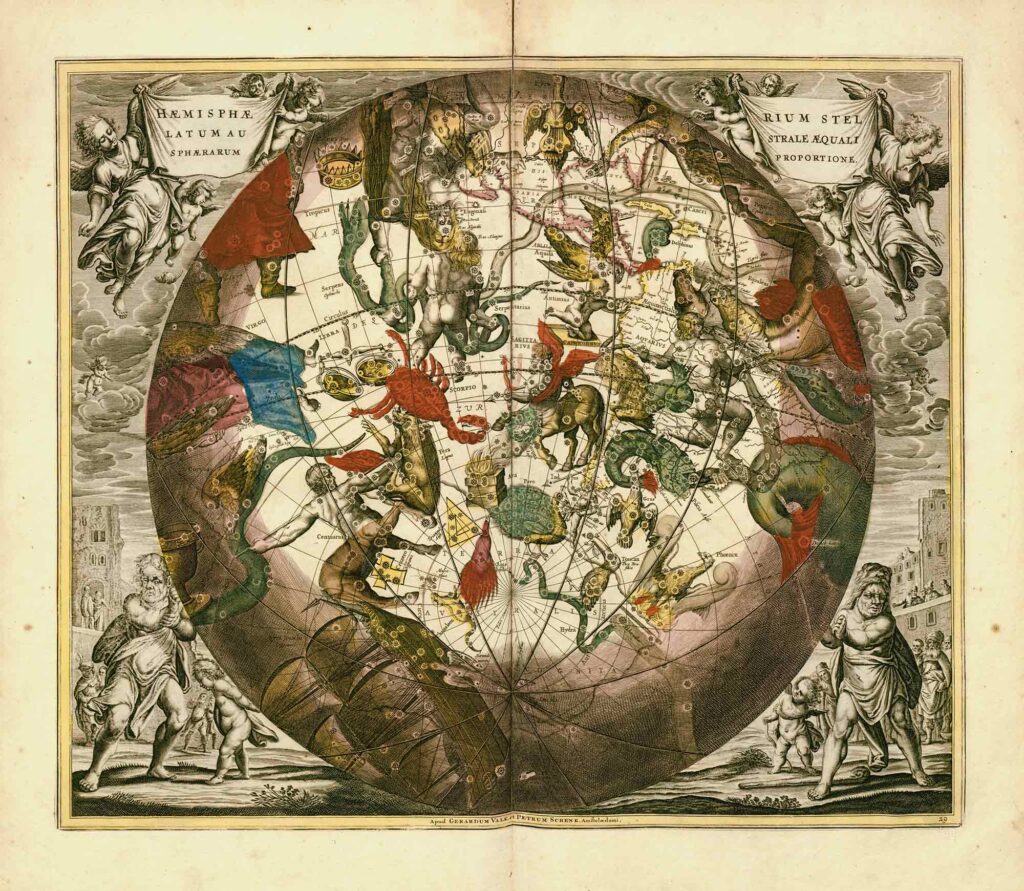
Conclusion
And there we have it, my dear celestial voyagers! We’ve embarked on an enlightening journey across the cosmos, traversing through the 28 marvelous plates of the Harmonia Macrocosmica. These plates have not just been maps, but portals: doorways that have transported us through the epochs, allowing us to glimpse into the minds of the great astronomers and the cosmologies they proposed.
From the geocentric vision of the Ptolemaic universe to the sun-centered Copernican system, onto the unique blend of Tycho Brahe’s model and Aratus’ poetic celestial sphere, we’ve danced with the planets and waltzed with the moon. We’ve ventured into the heavens, deciphered the orbits, peeked into the past, and reveled in the artistry of celestial maps. We’ve unfolded a cosmic tapestry of intertwining science, history, art, and philosophy.
Yet, do you feel it, too? That sense of humble awe? The realization that these grand cosmic designs were crafted by our ancestors, whose only tools were observation, calculation, and sheer ingenuity? These plates remind us of our human capacity for curiosity, for seeking the unknown, and for striving to understand our place in the vast, twinkling expanse of the universe.
Indeed, the Harmonia Macrocosmica is much more than just a historic atlas. It’s a testament to humanity’s enduring quest for knowledge, a testament engraved in the stars themselves.
So, what is the takeaway from our journey? Well, apart from a newfound appreciation for celestial cartography, it’s the realization that the universe will always be a grand mystery, its vastness and beauty forever inviting us to explore and understand. As we stand on the shoulders of the giants who’ve mapped the heavens before us, we continue the journey, gazing upwards, always reaching for the stars.
Remember, the universe is a grand book, and each celestial map is but a single page. So, keep turning those pages, and let’s unravel the cosmos together, one star at a time!

